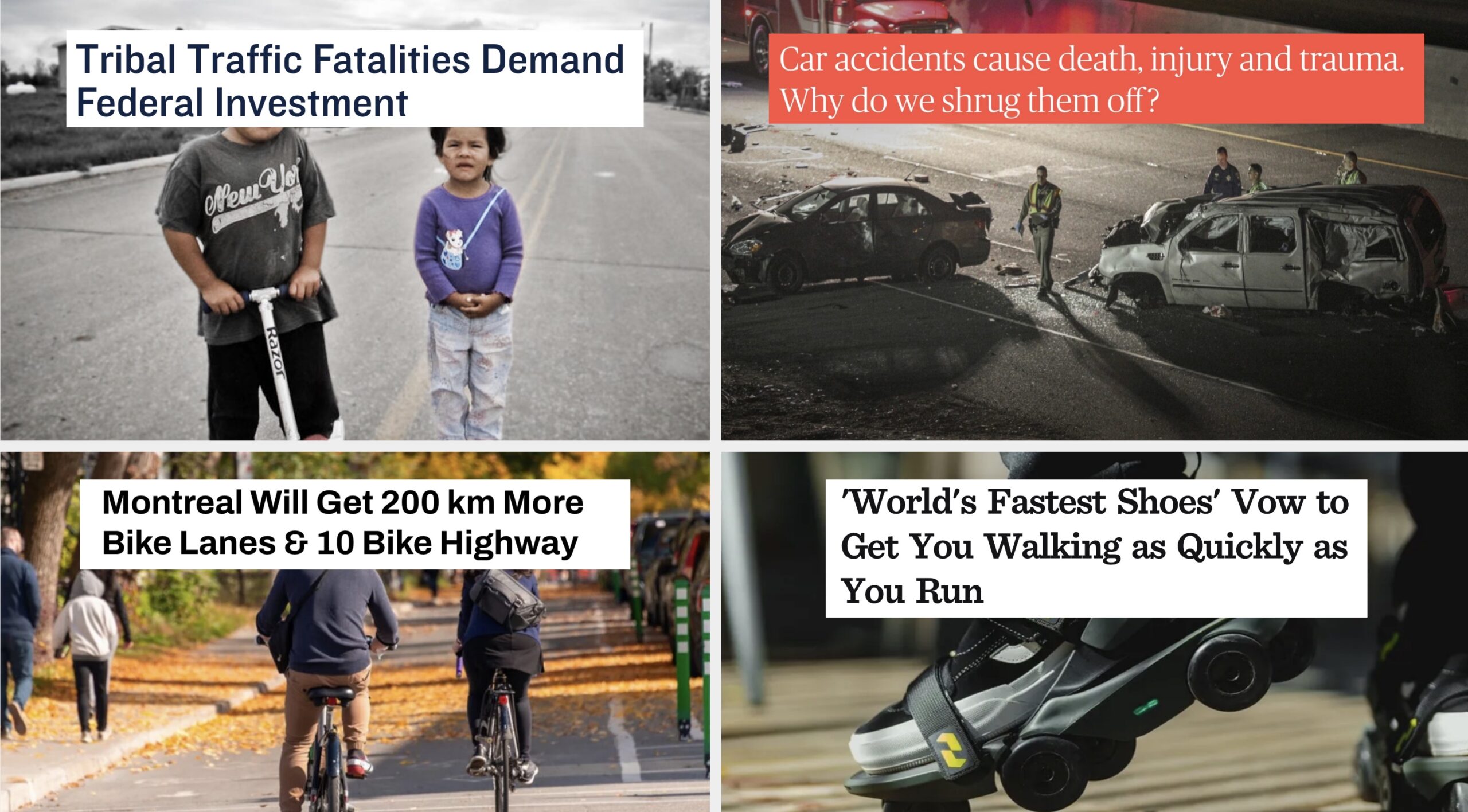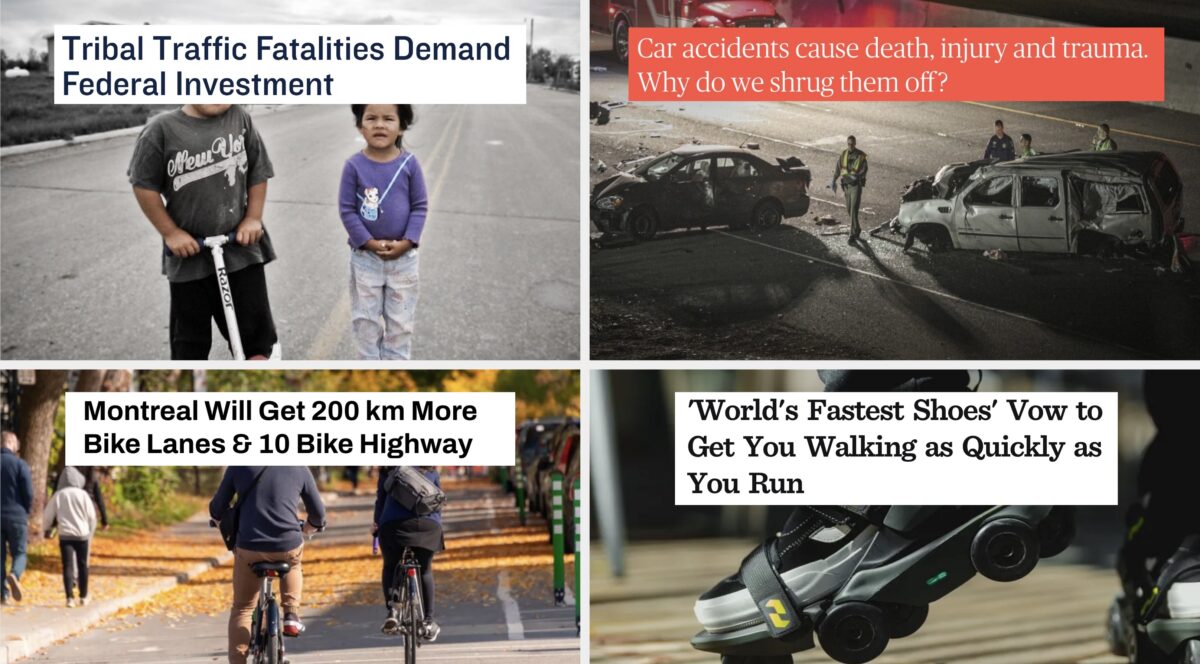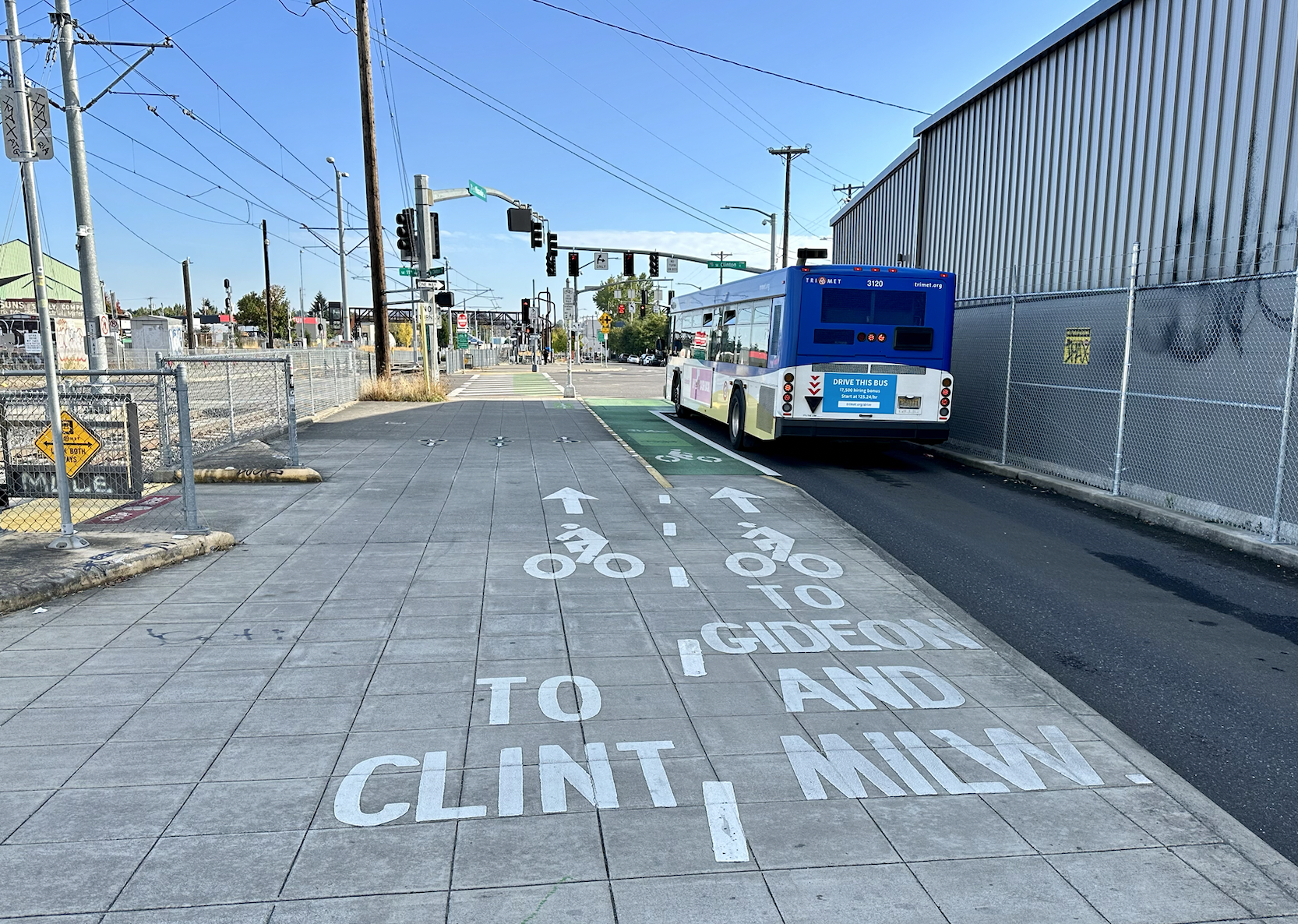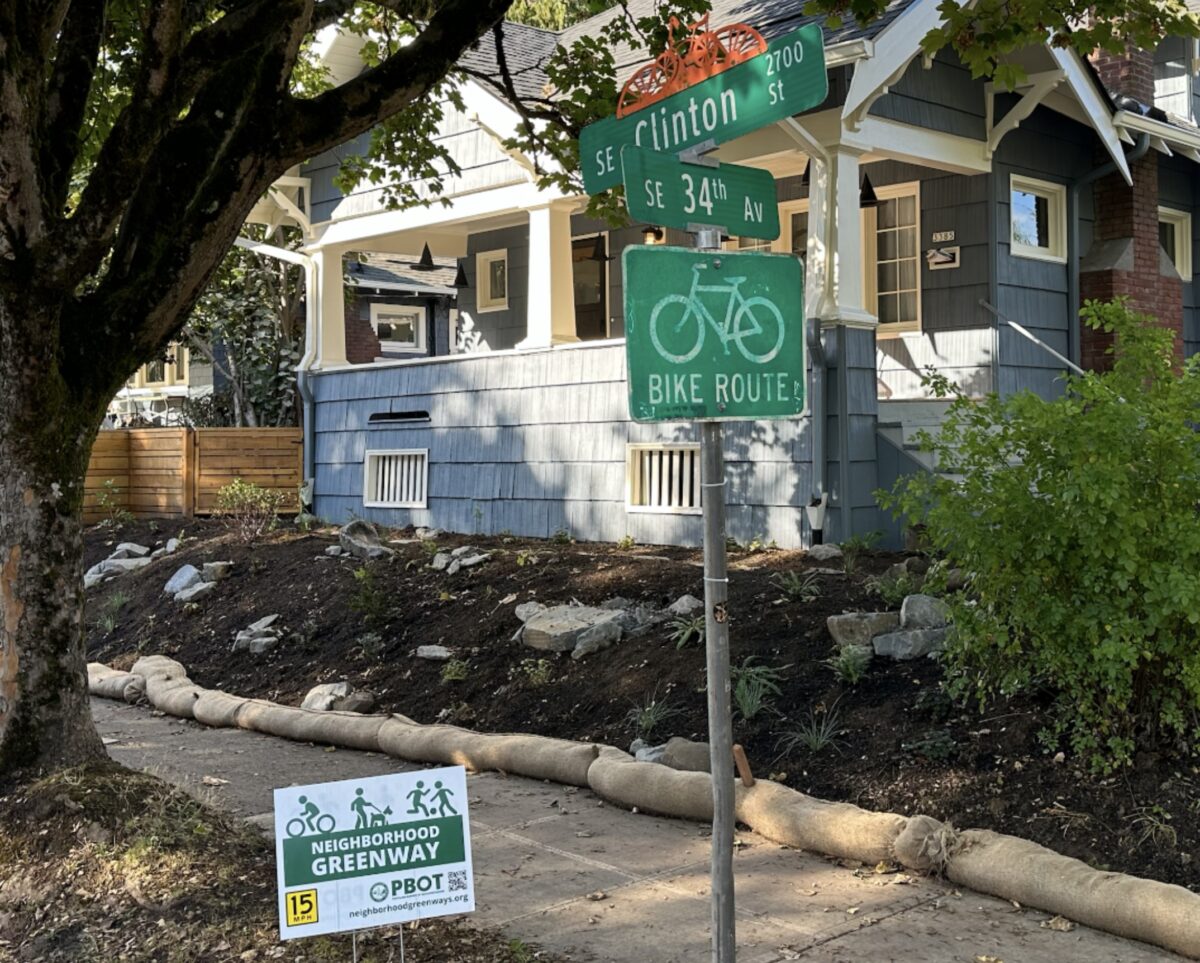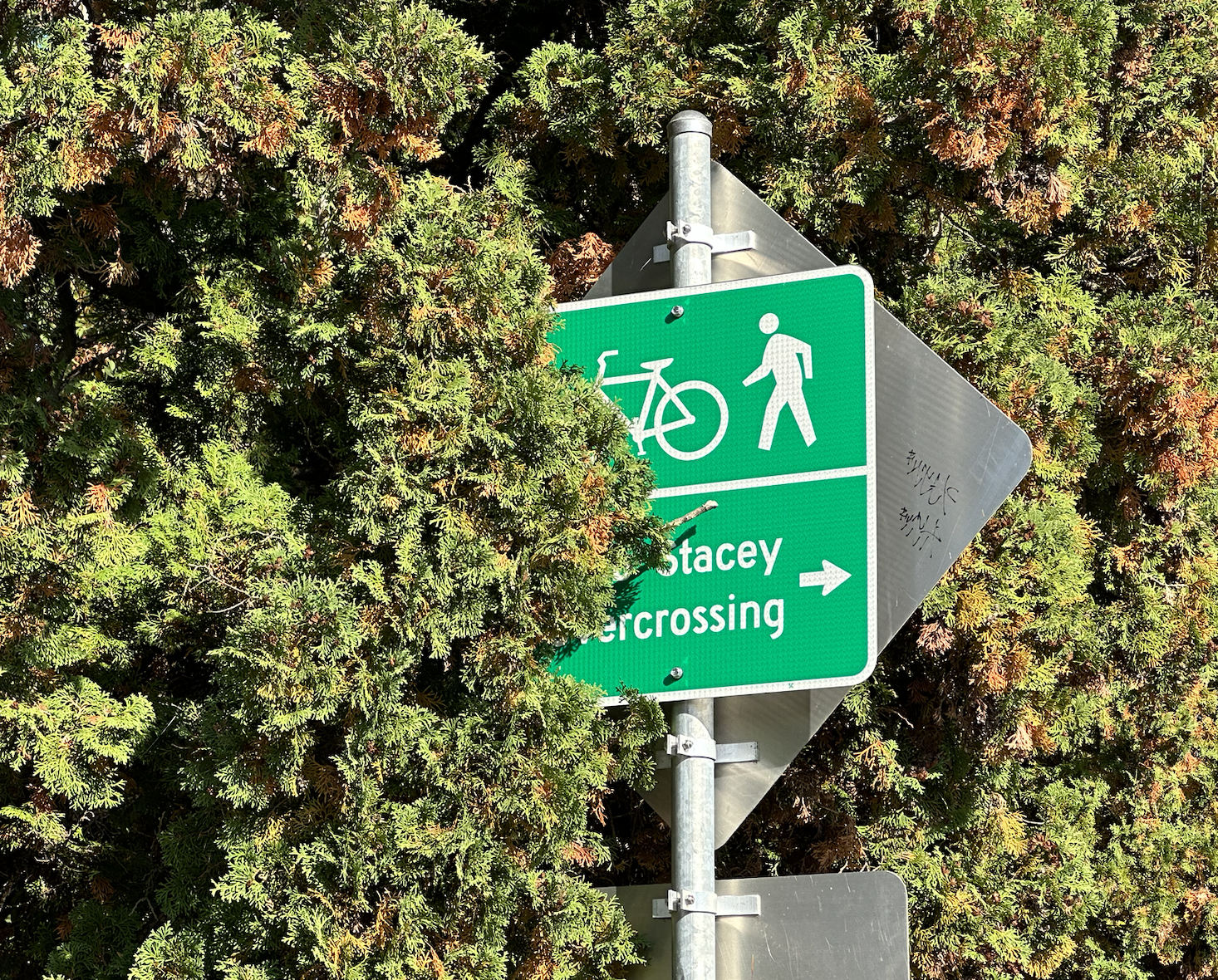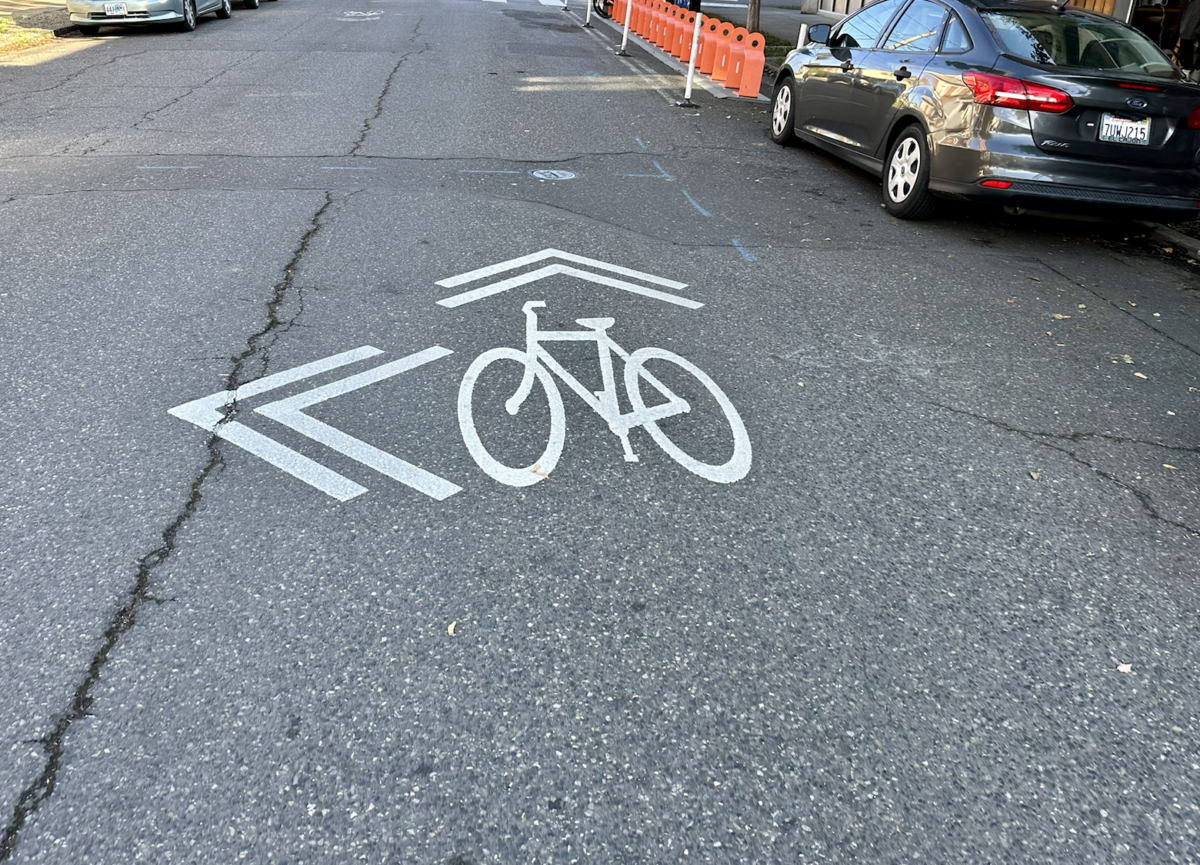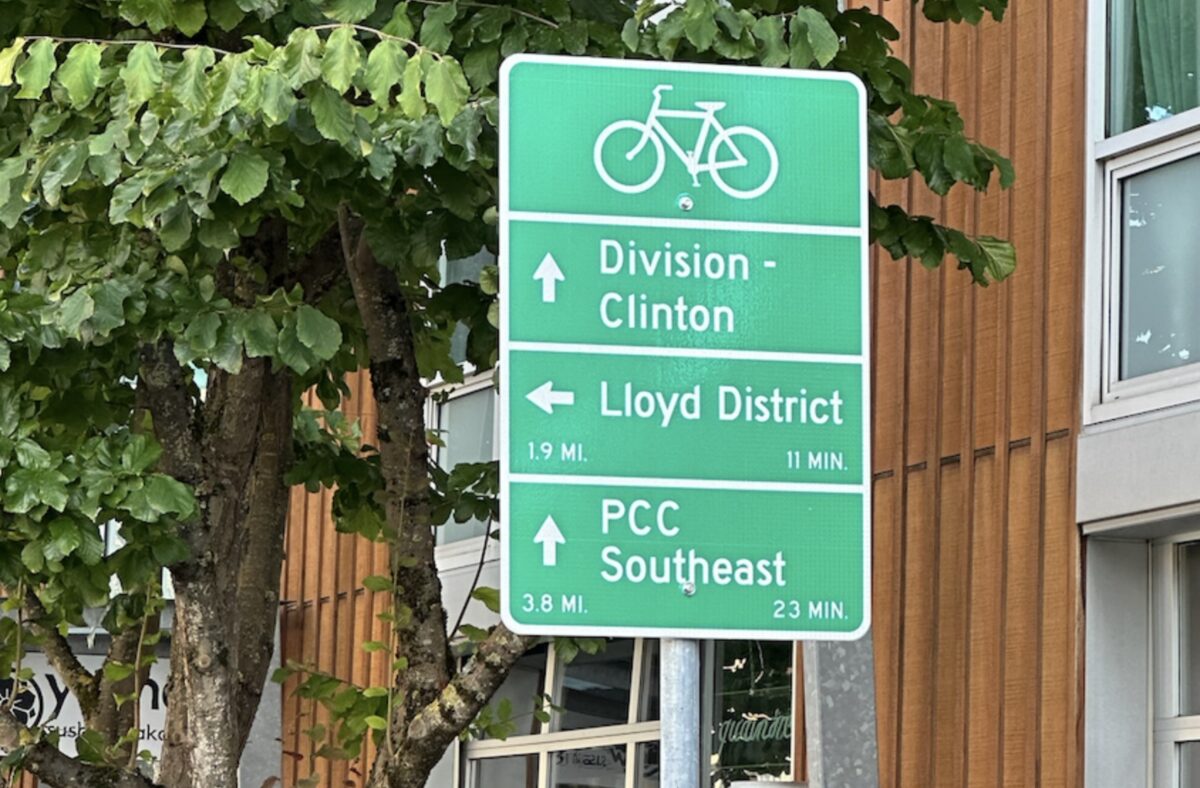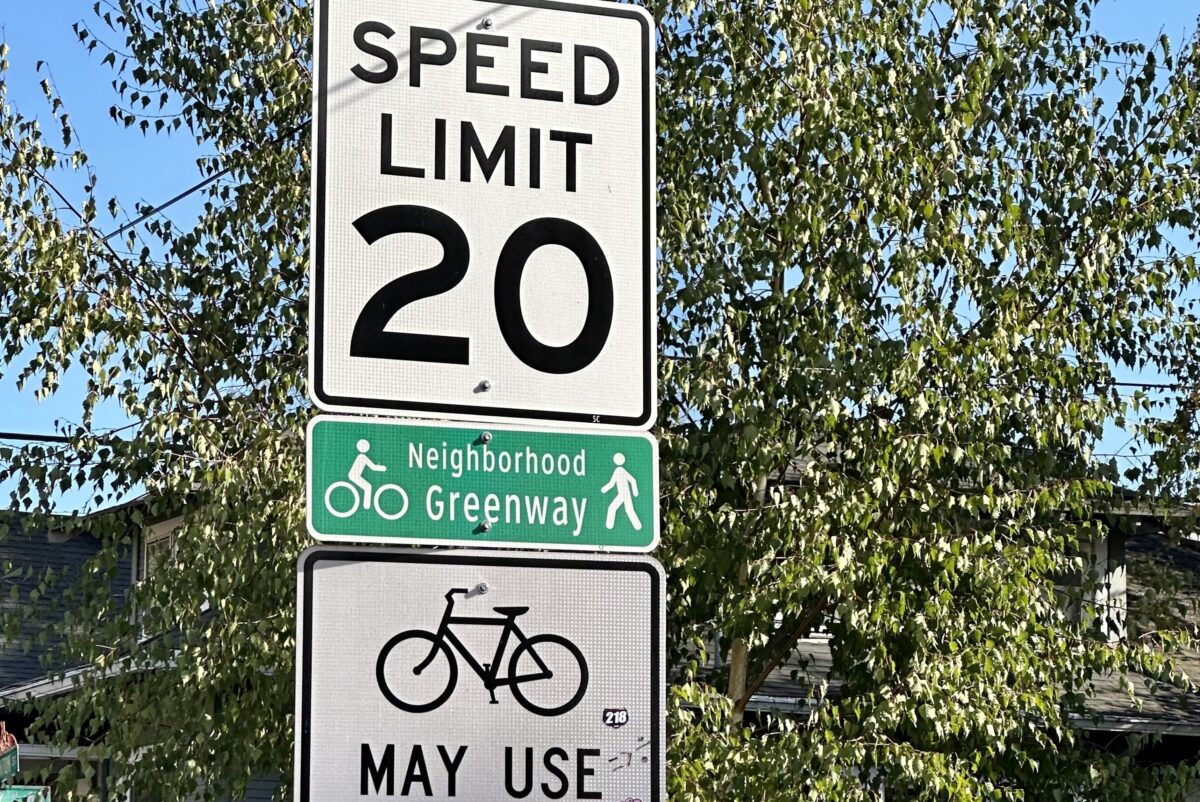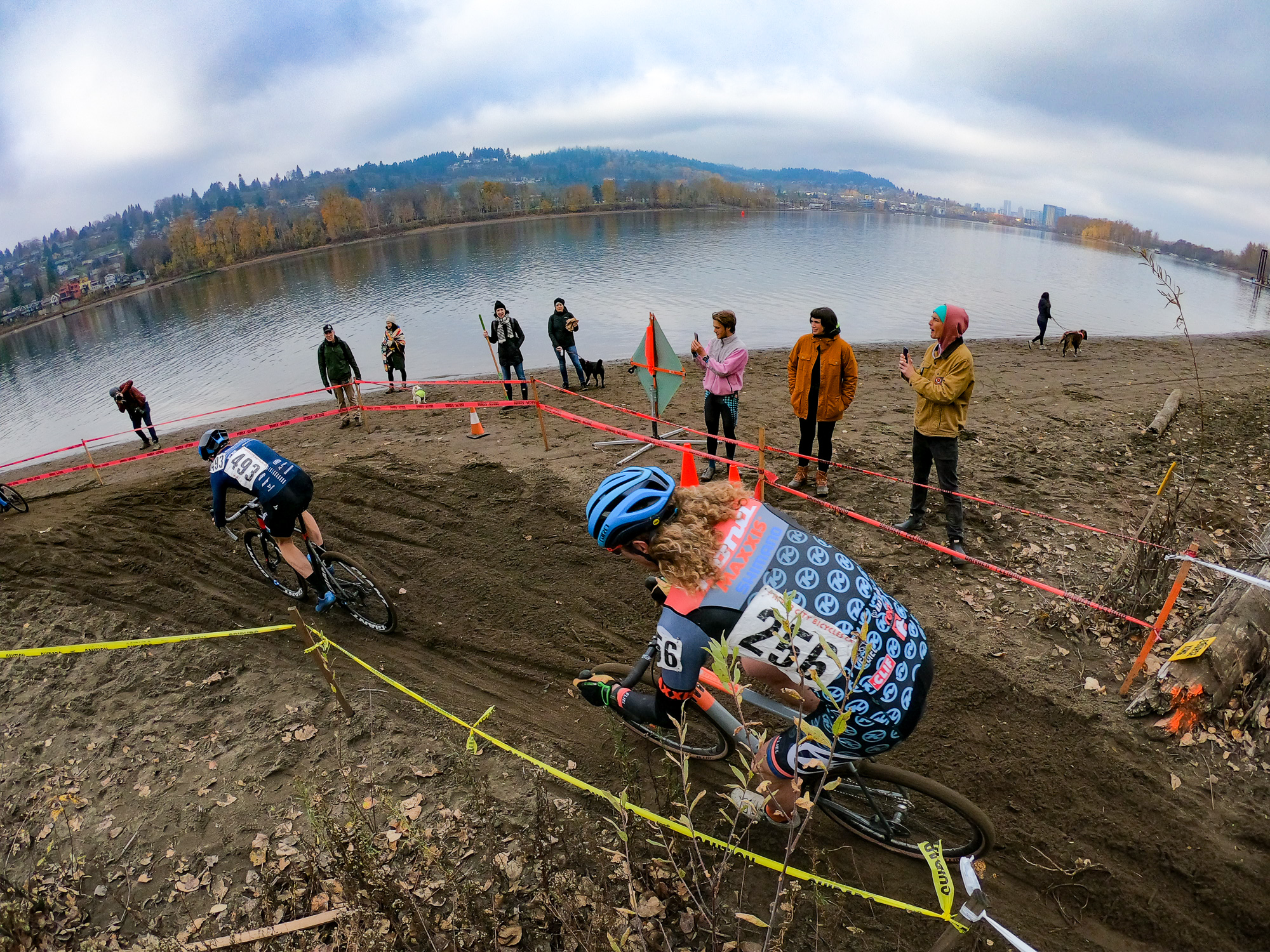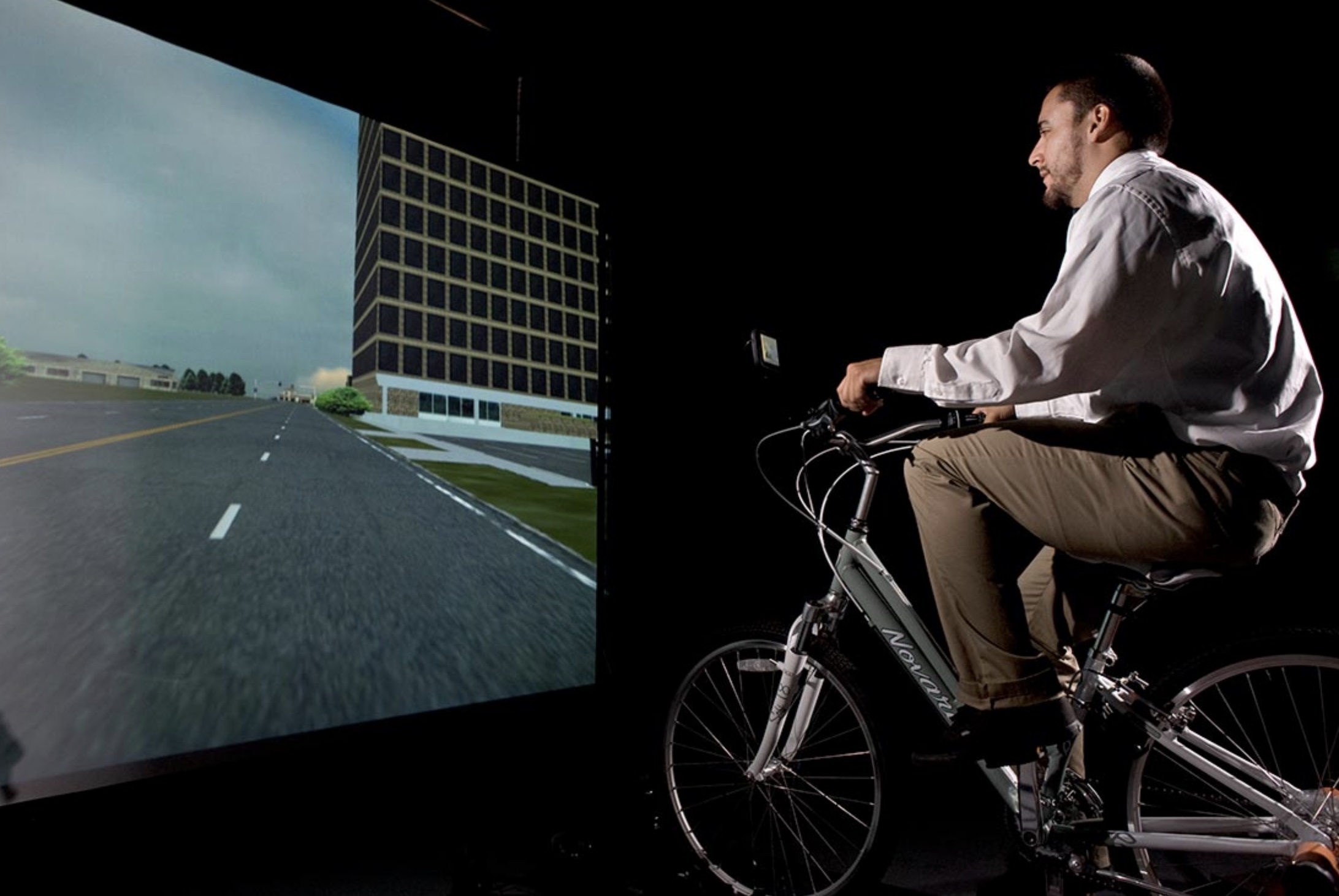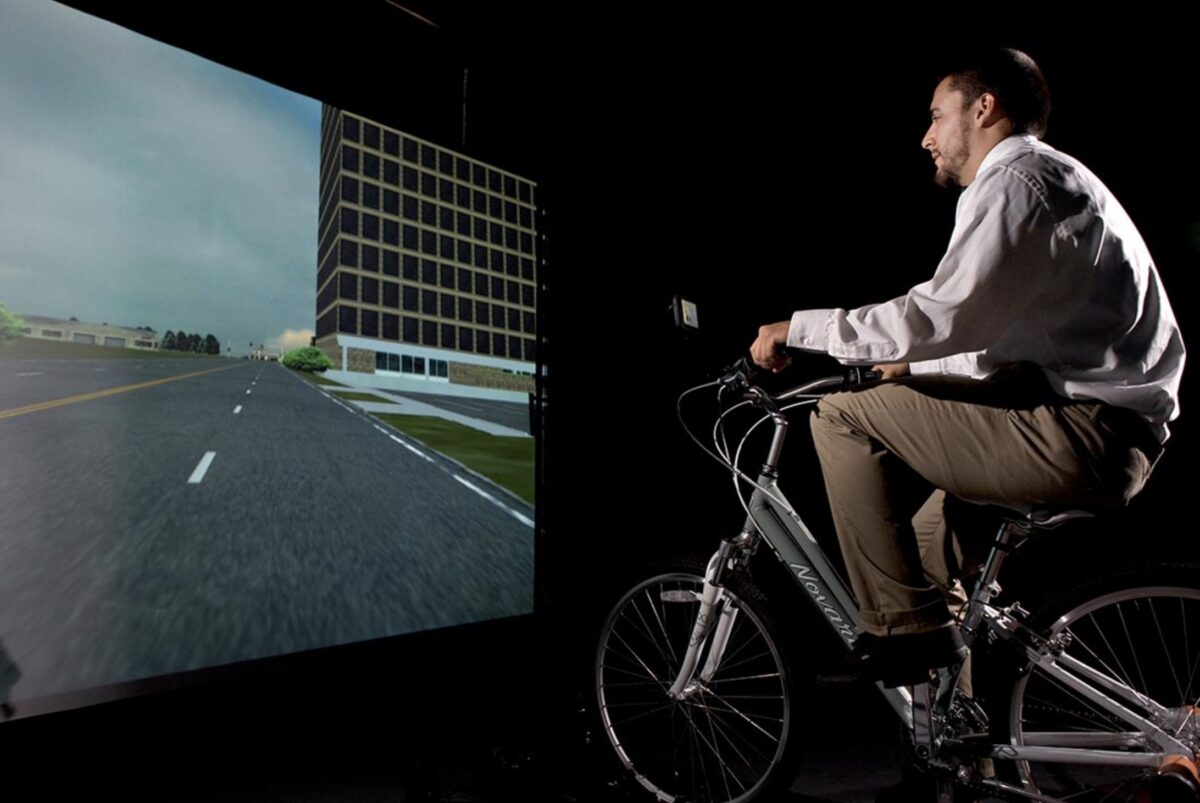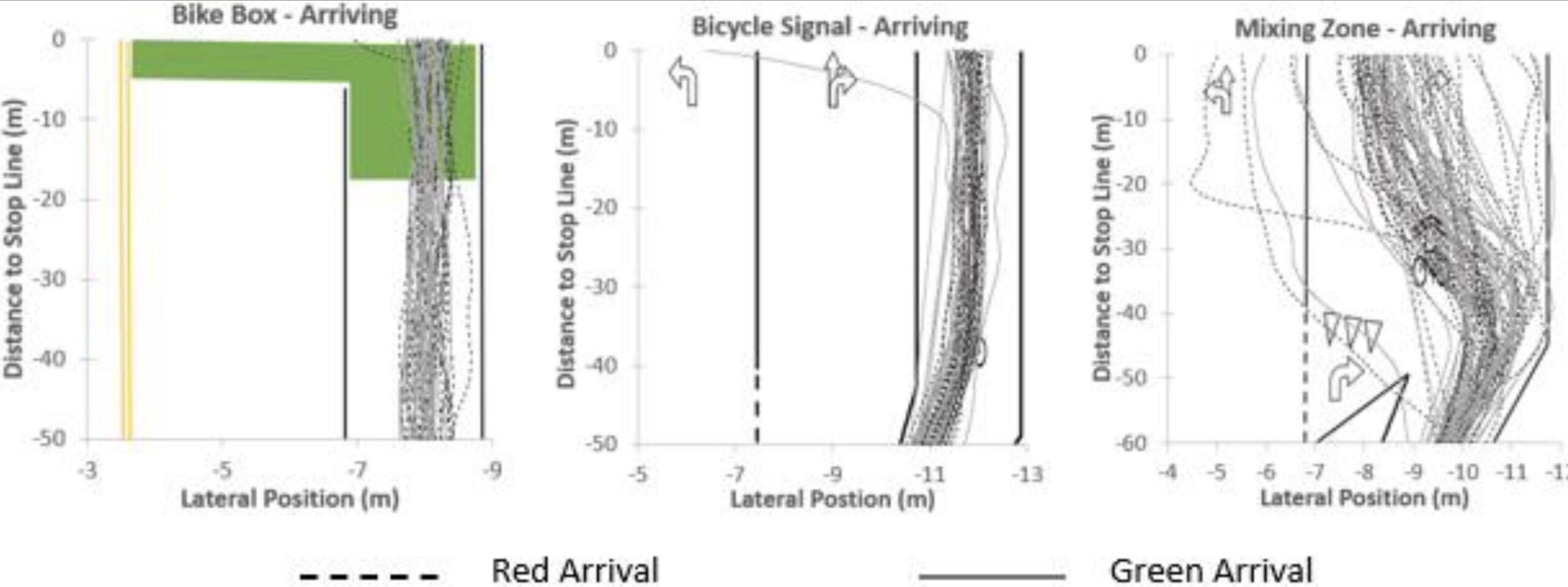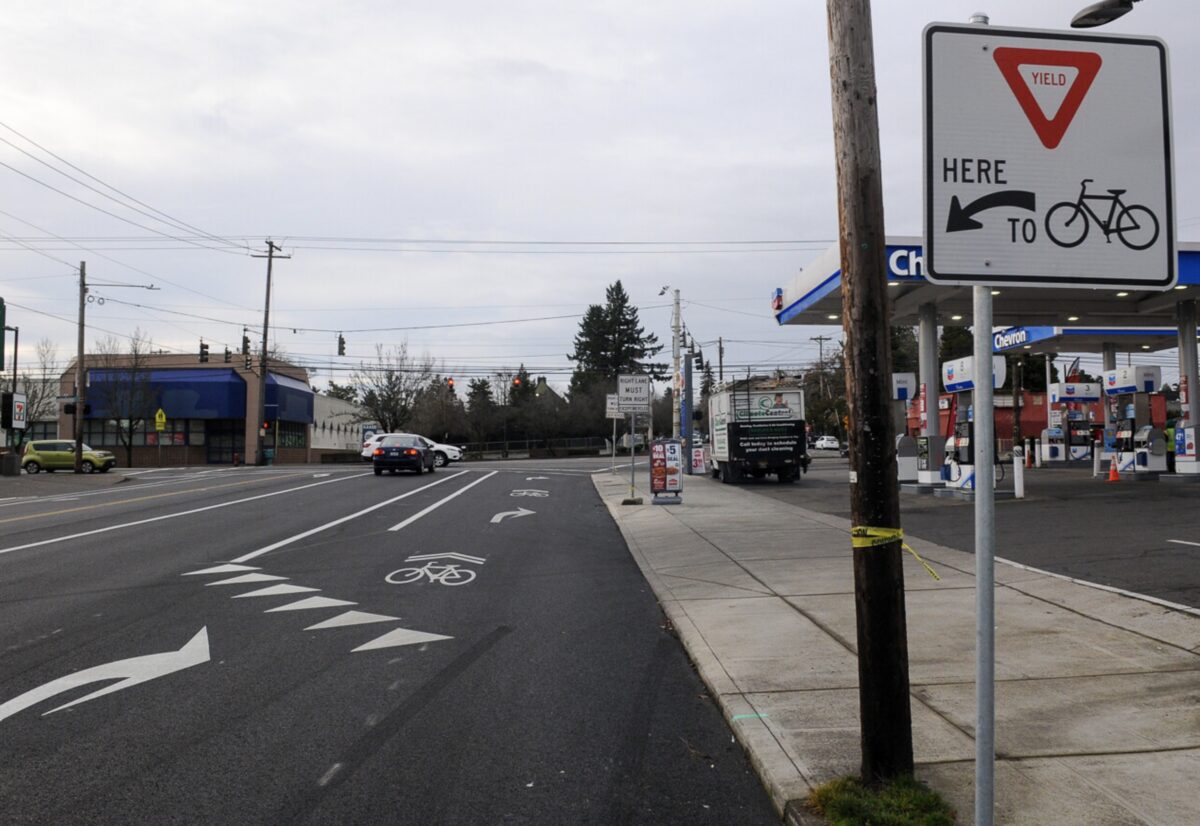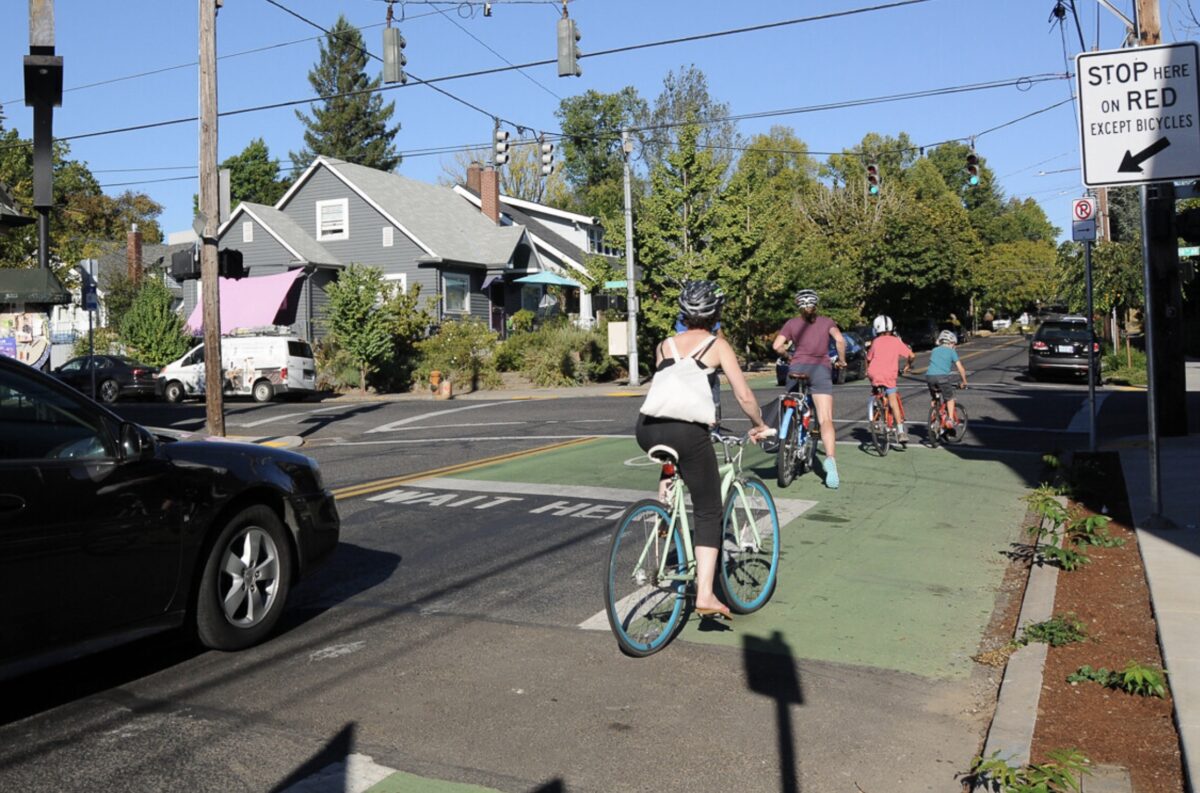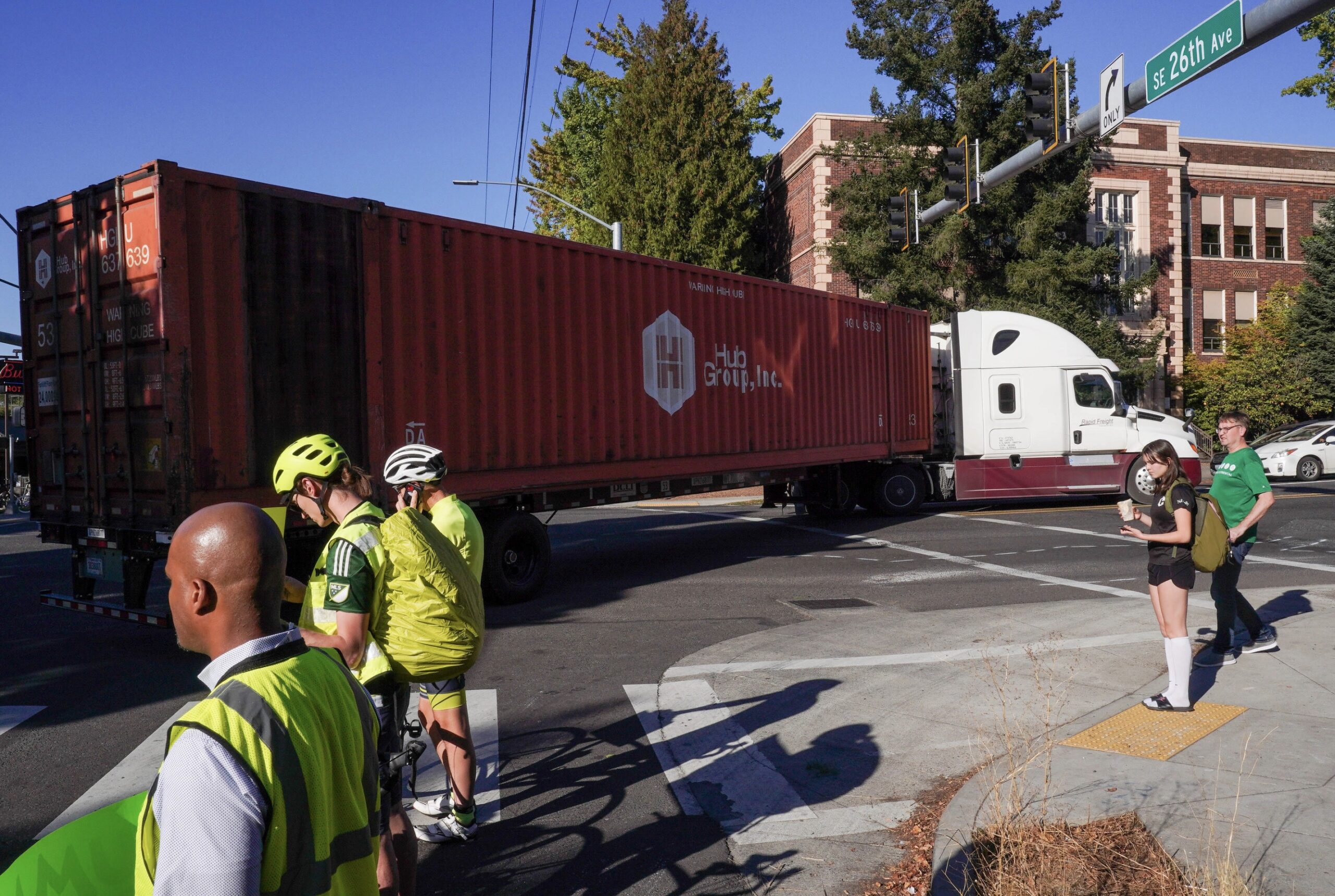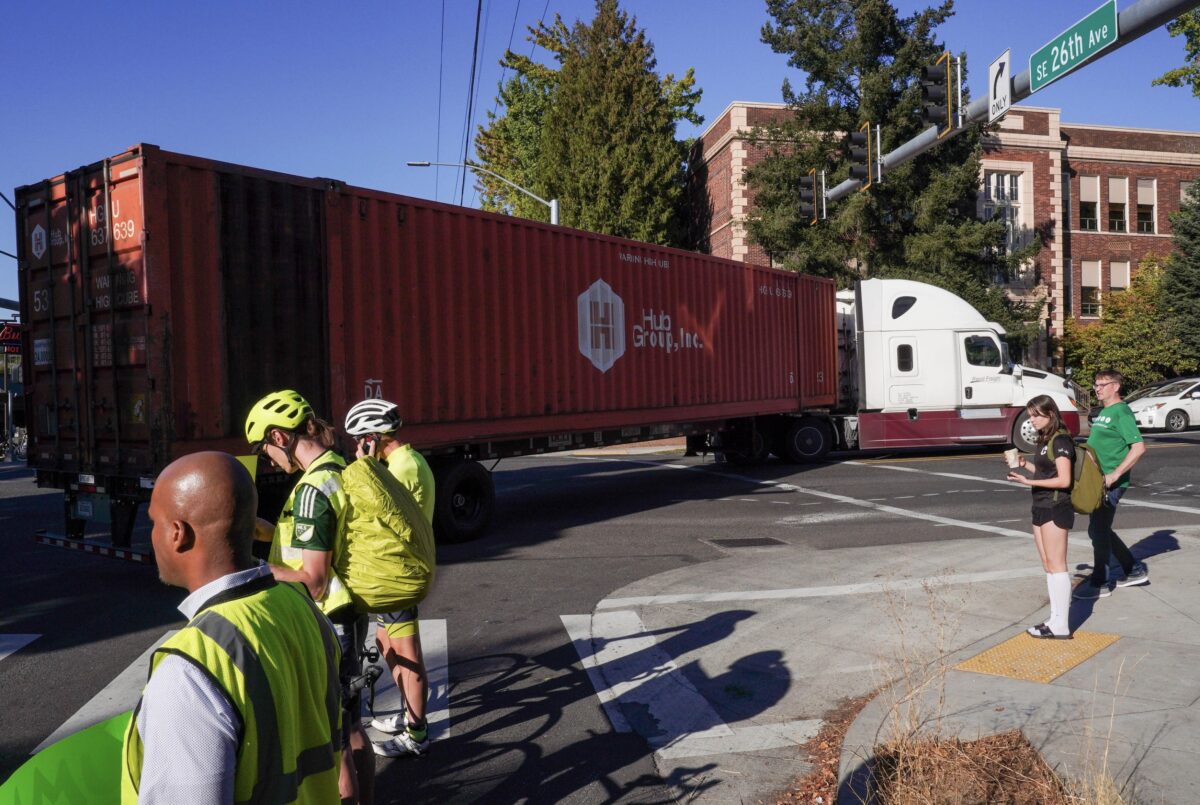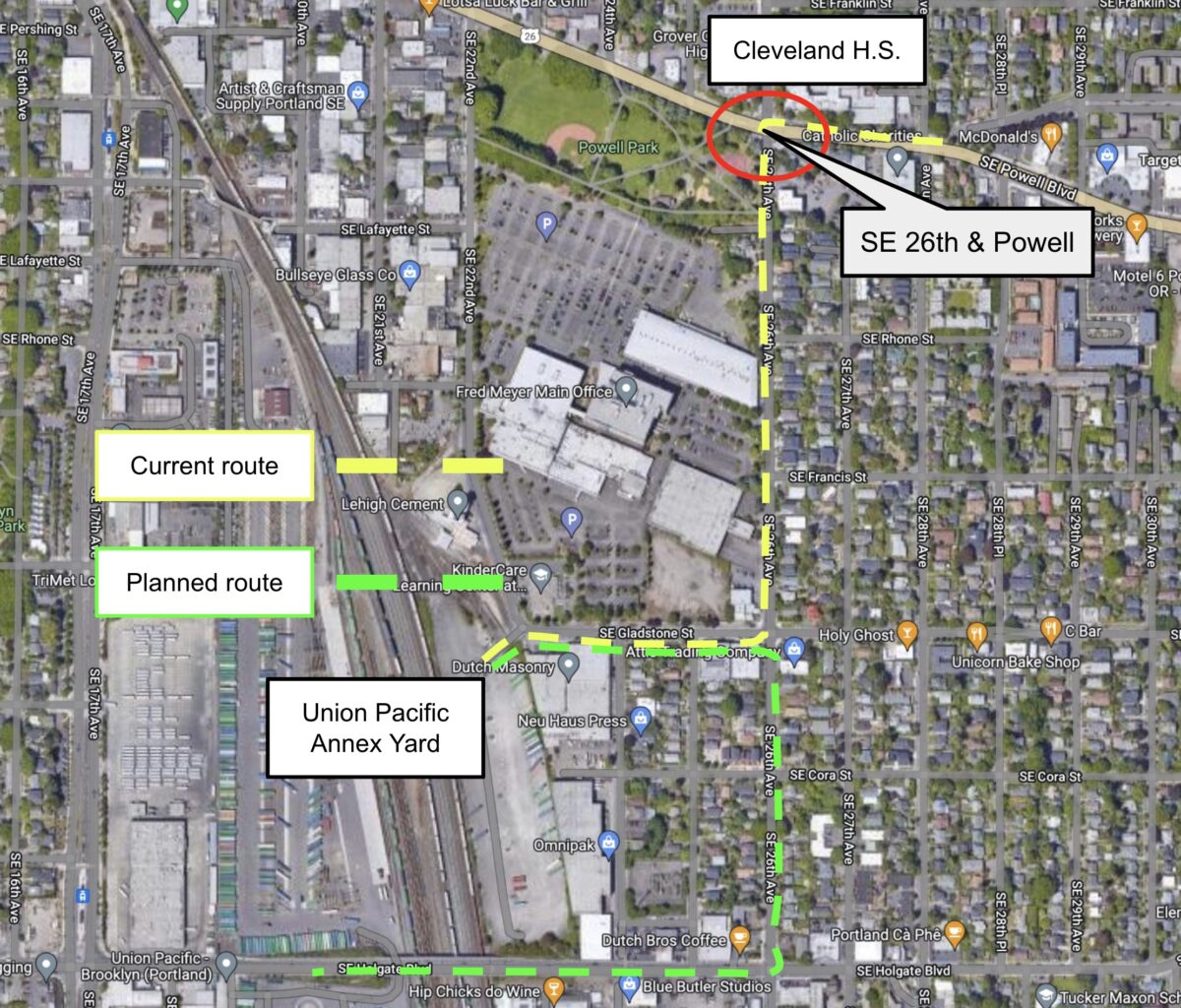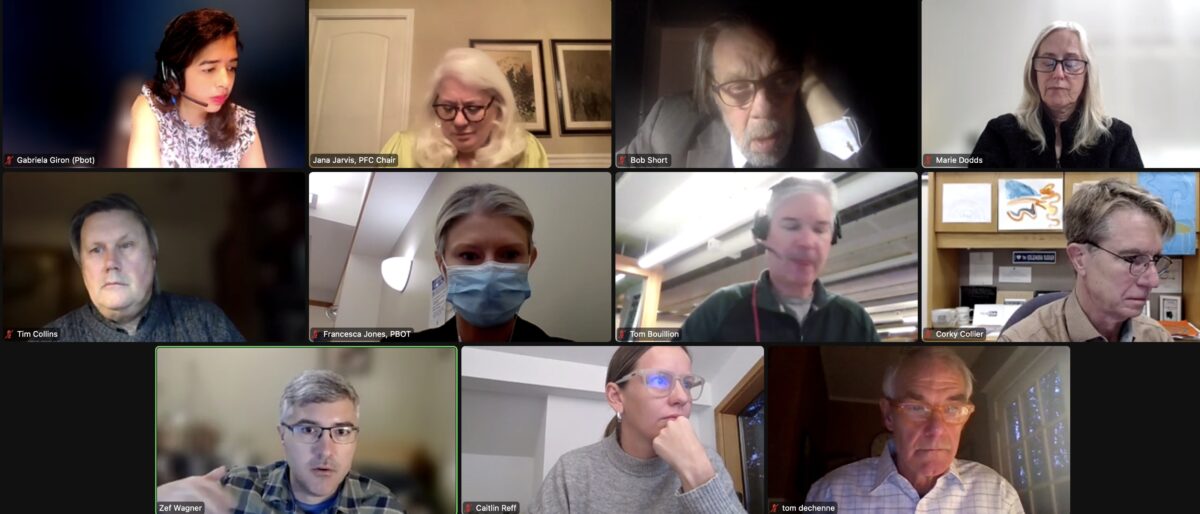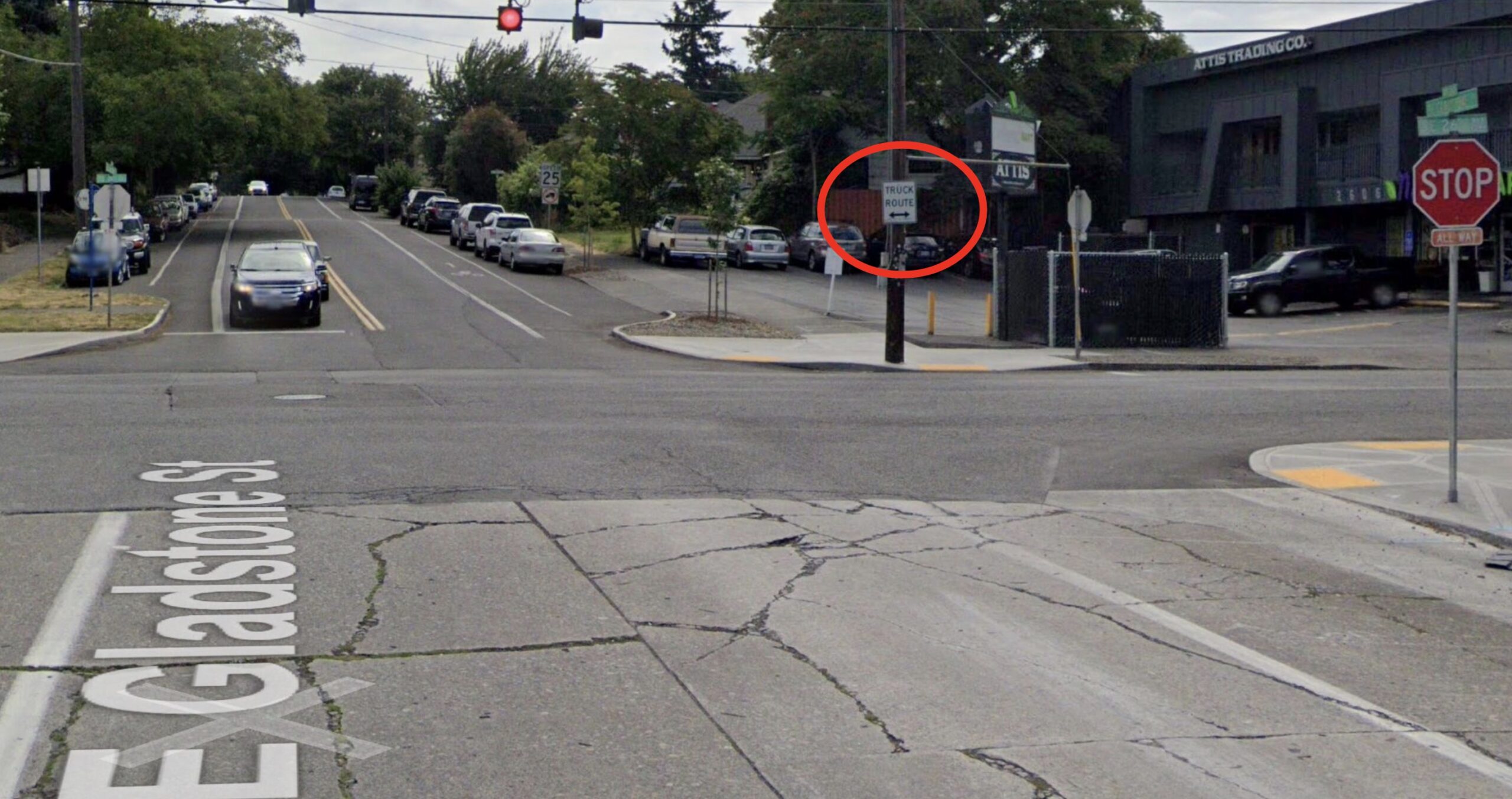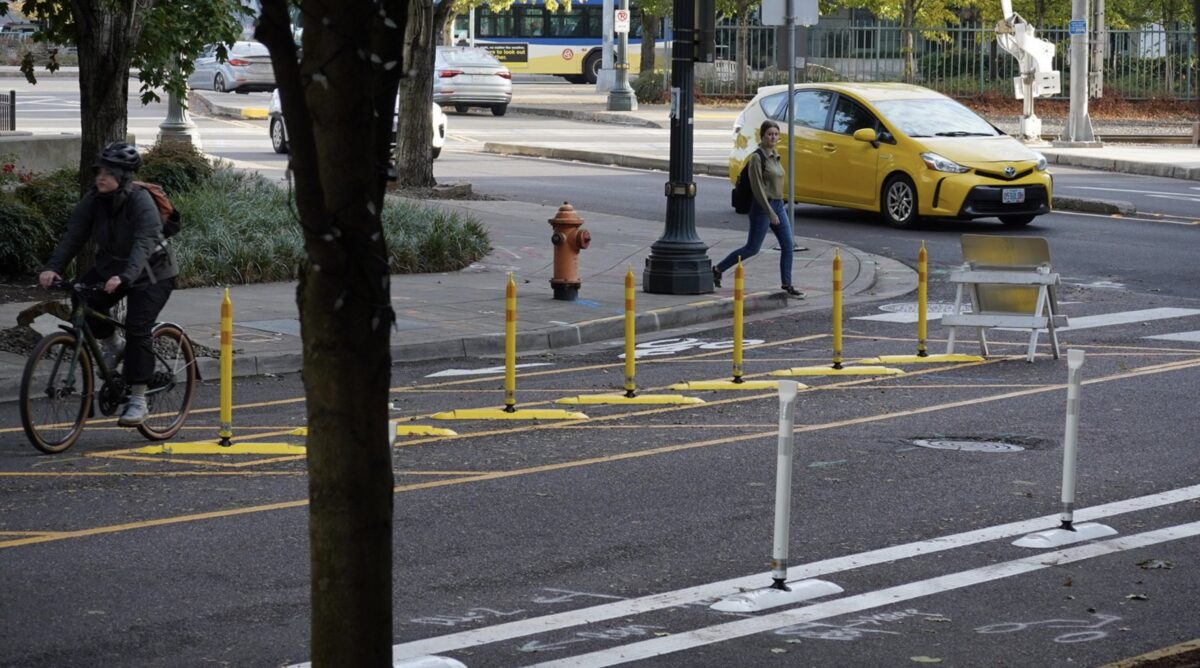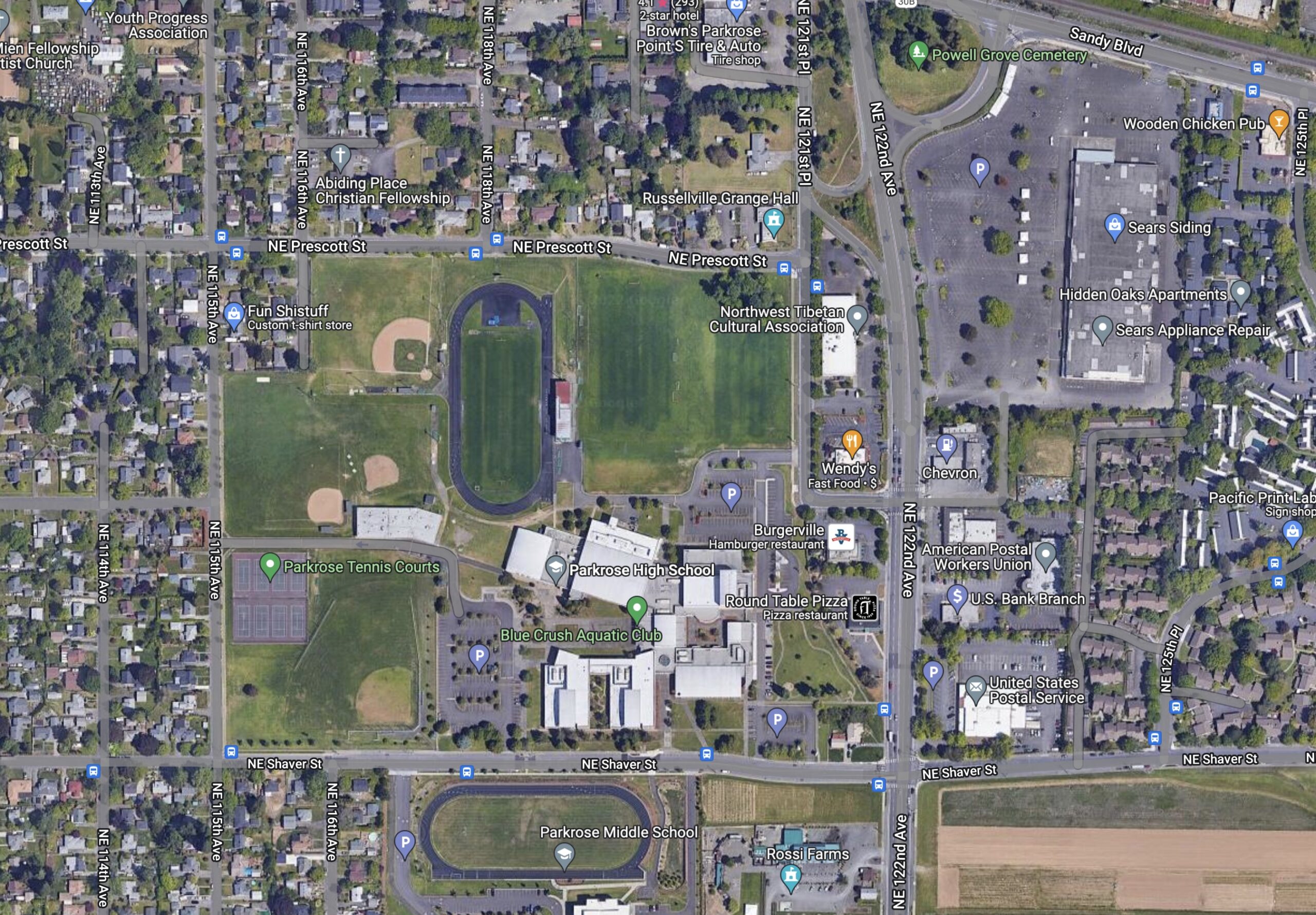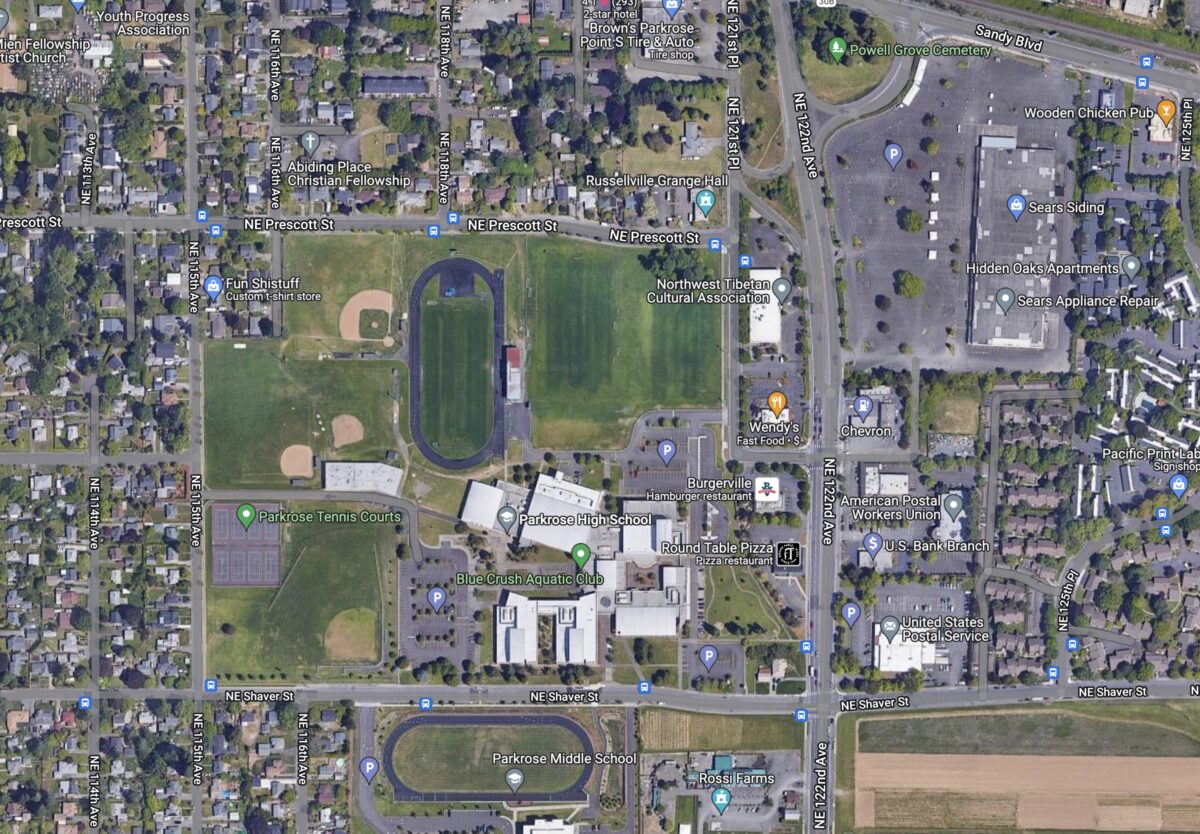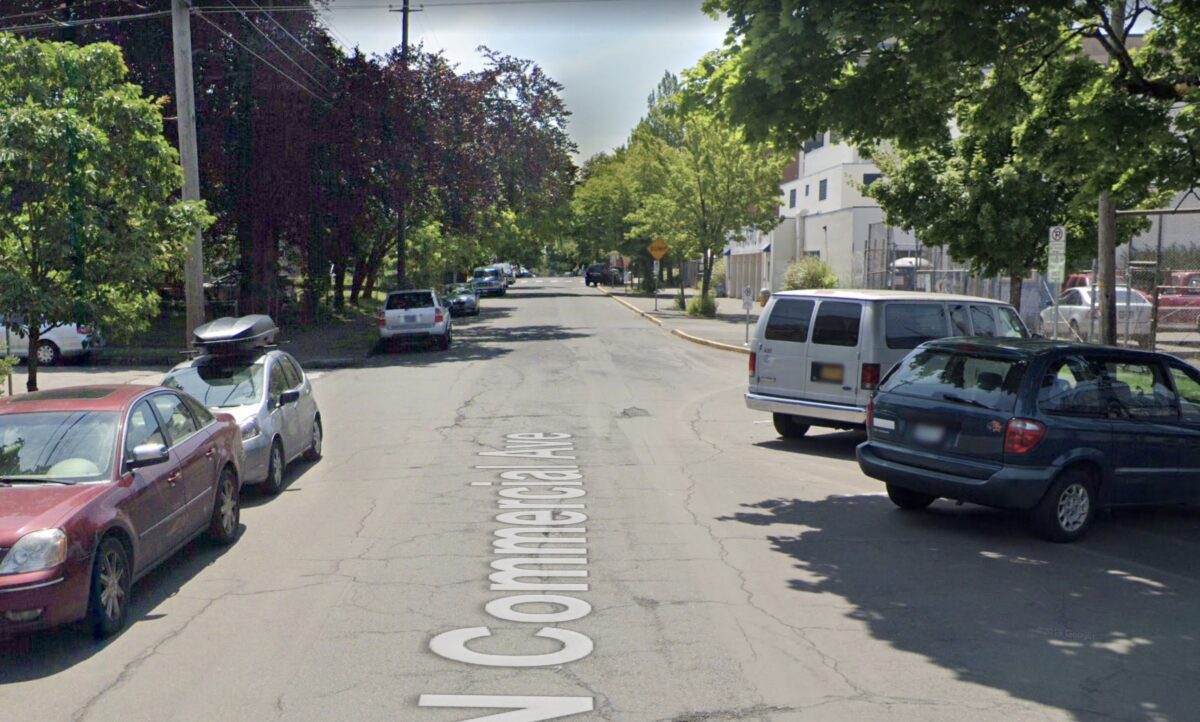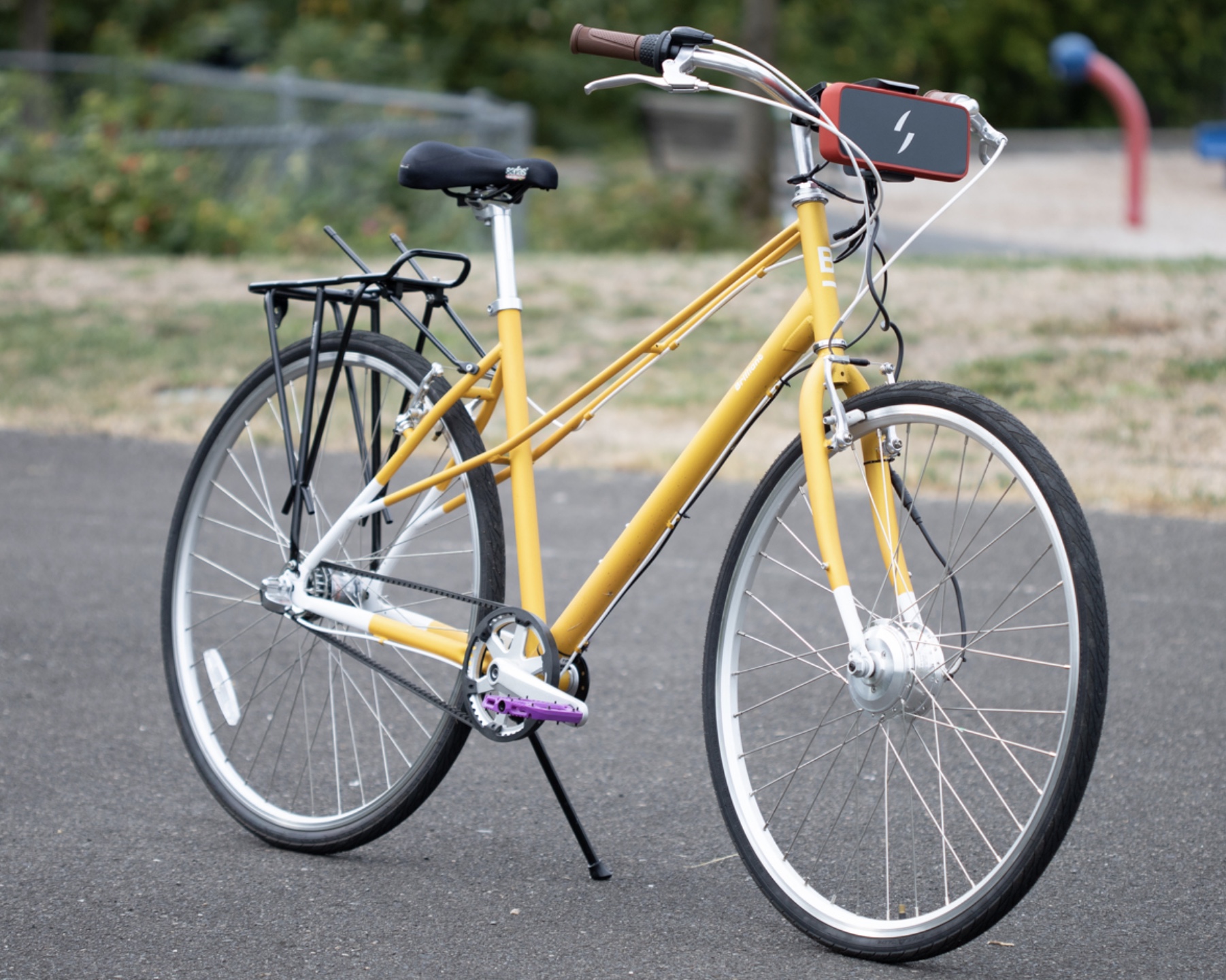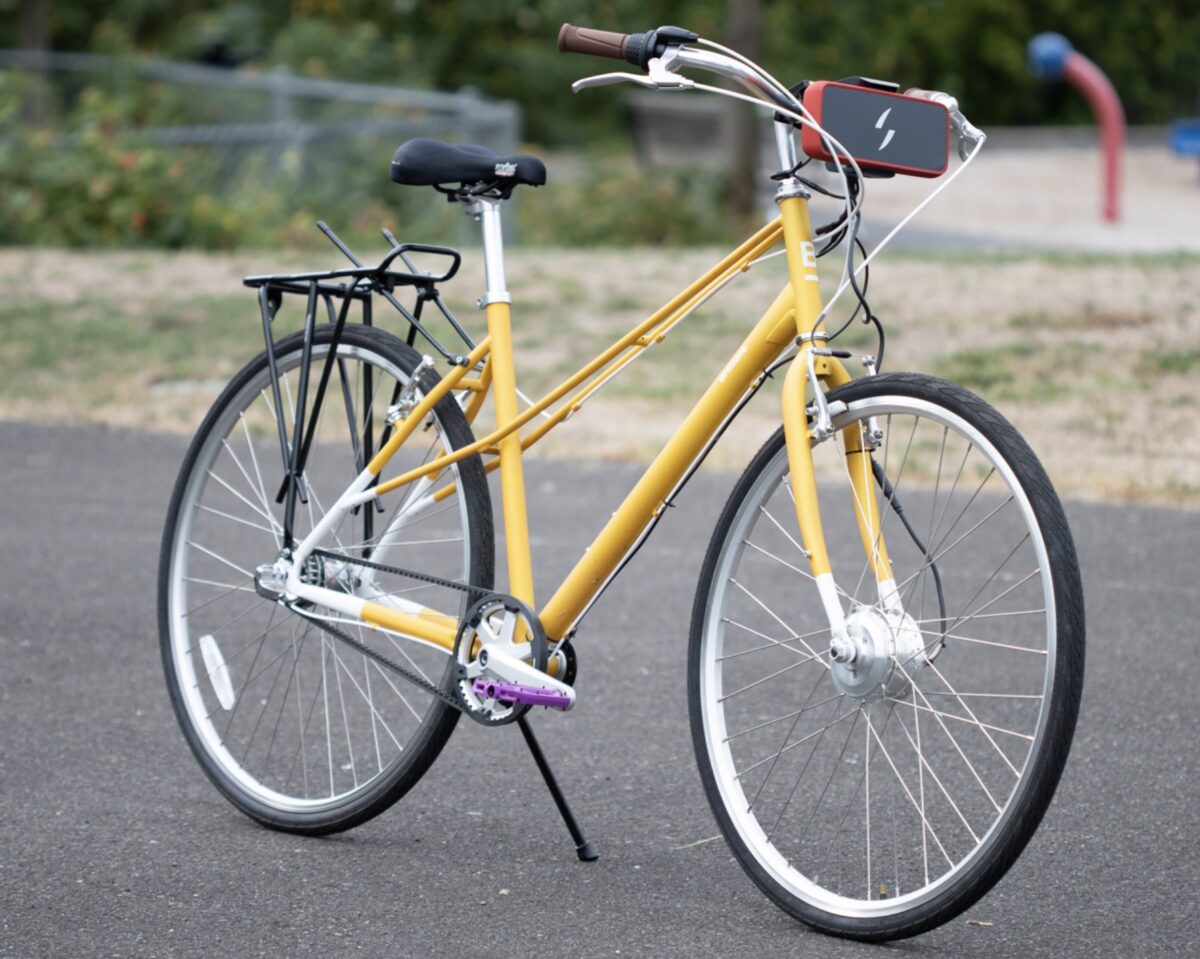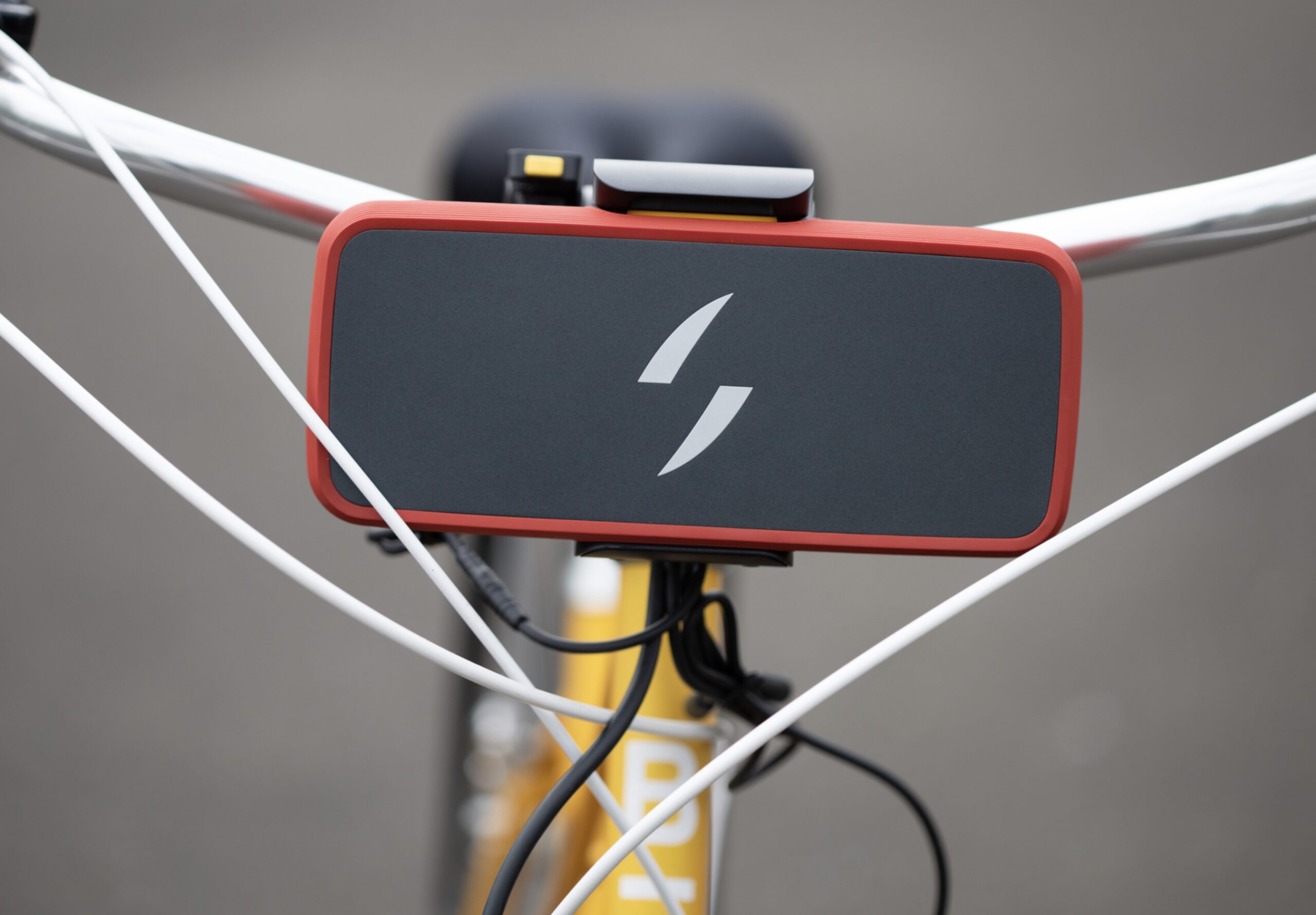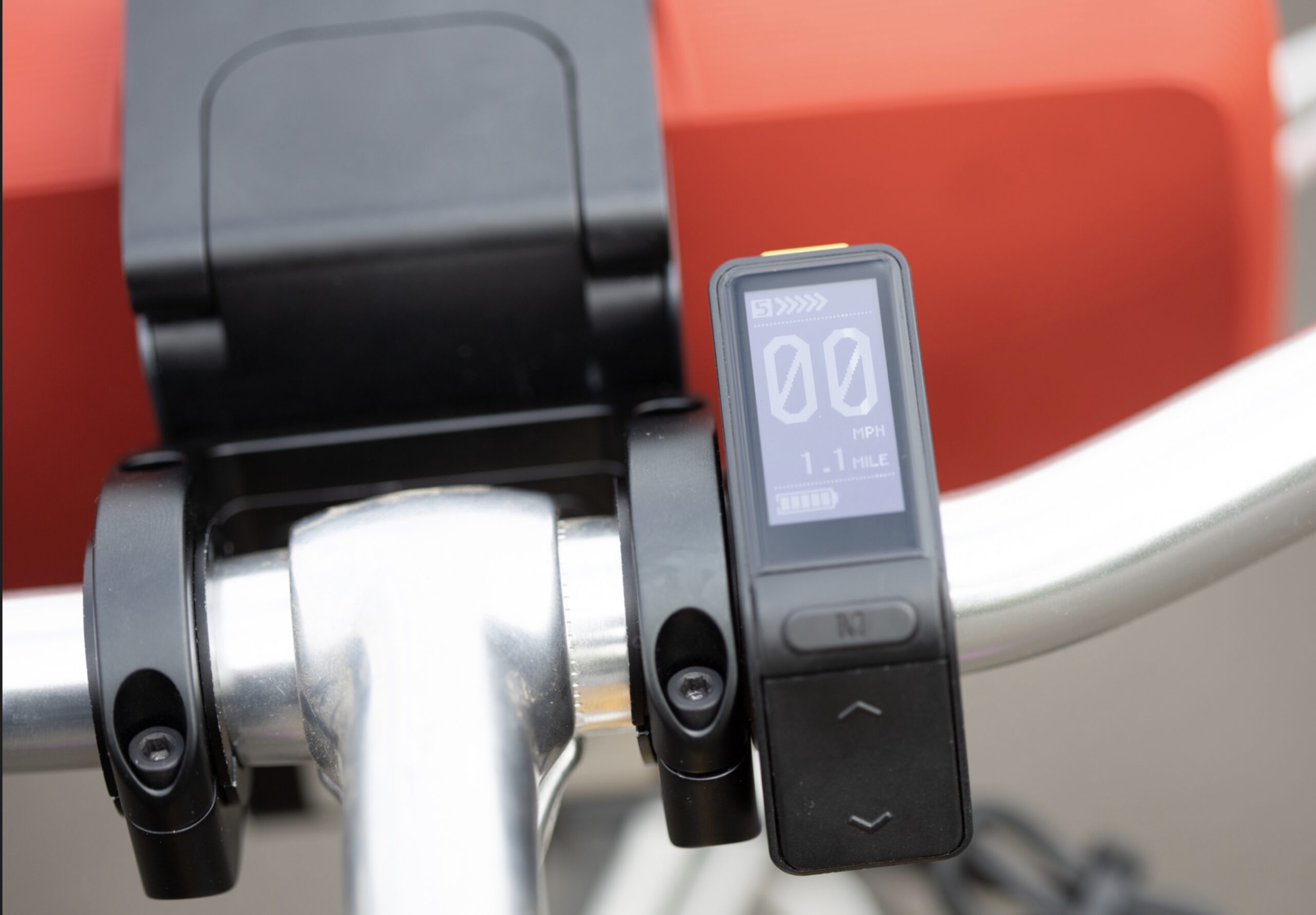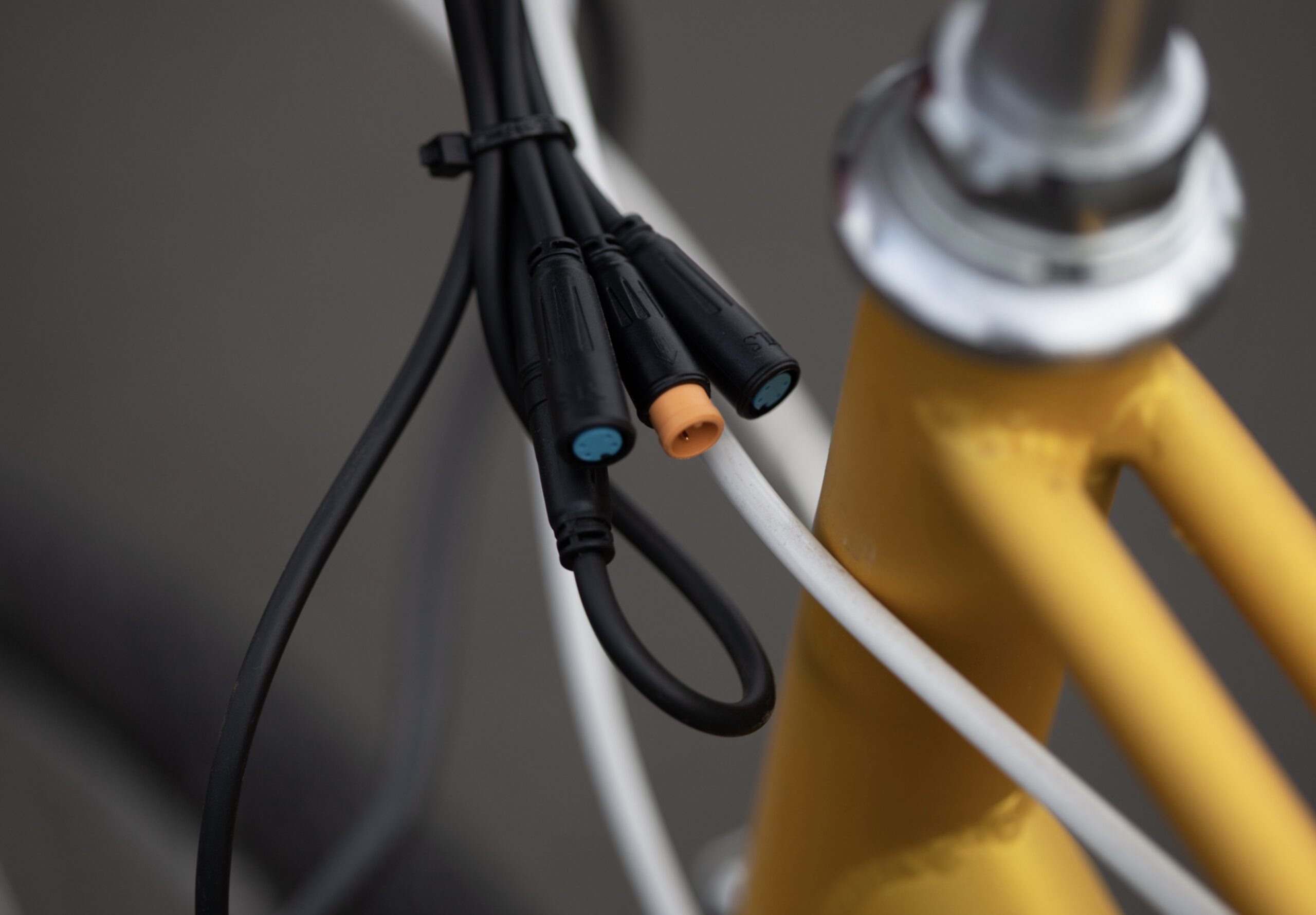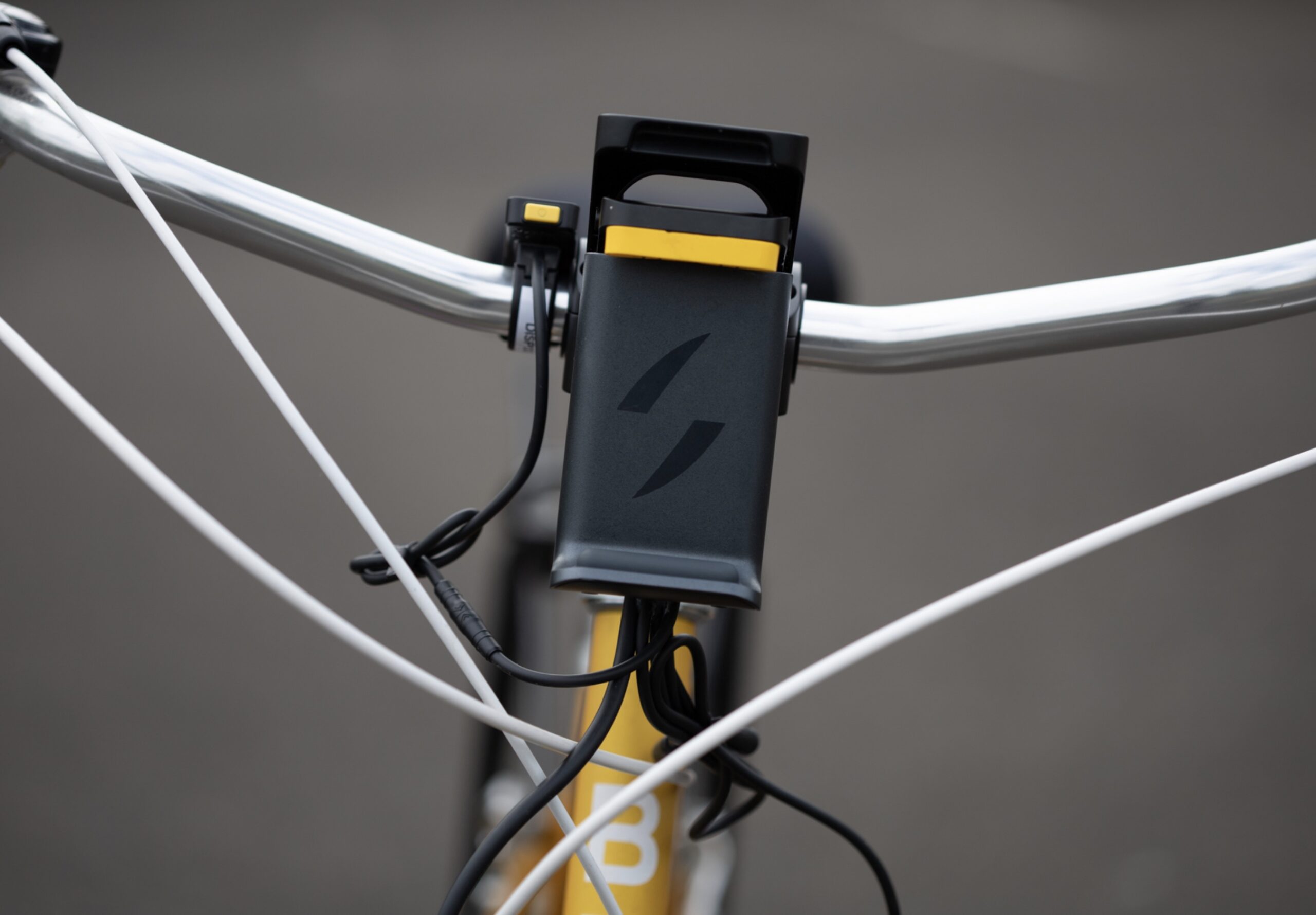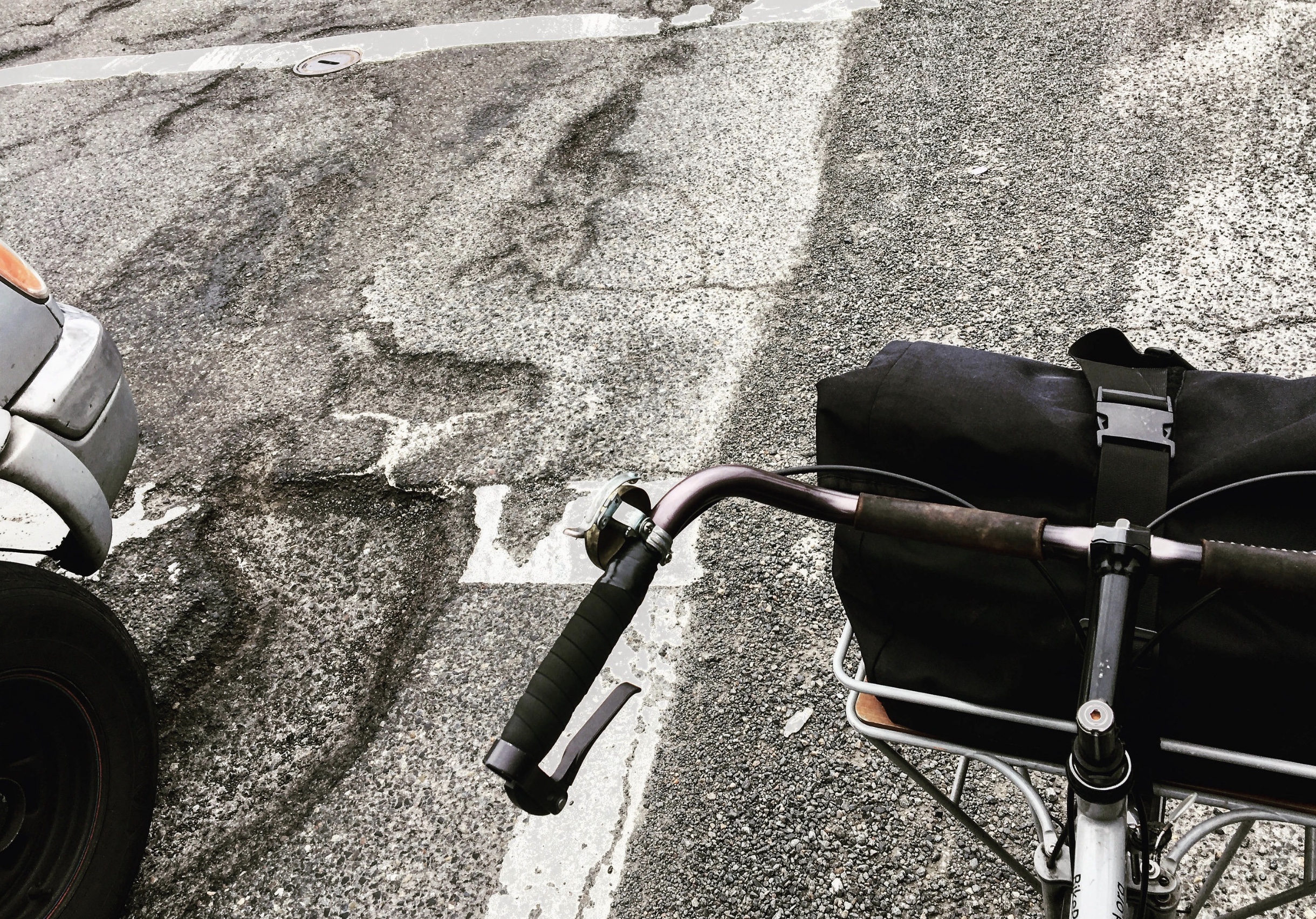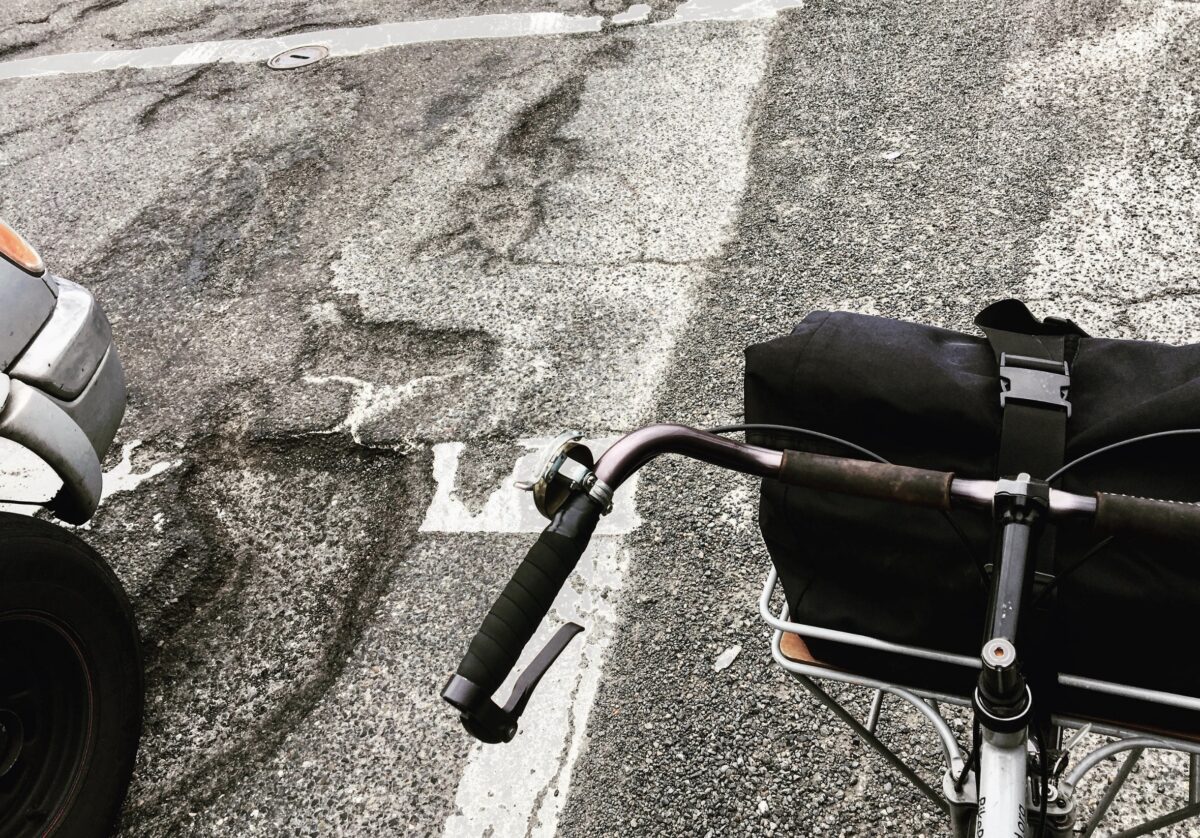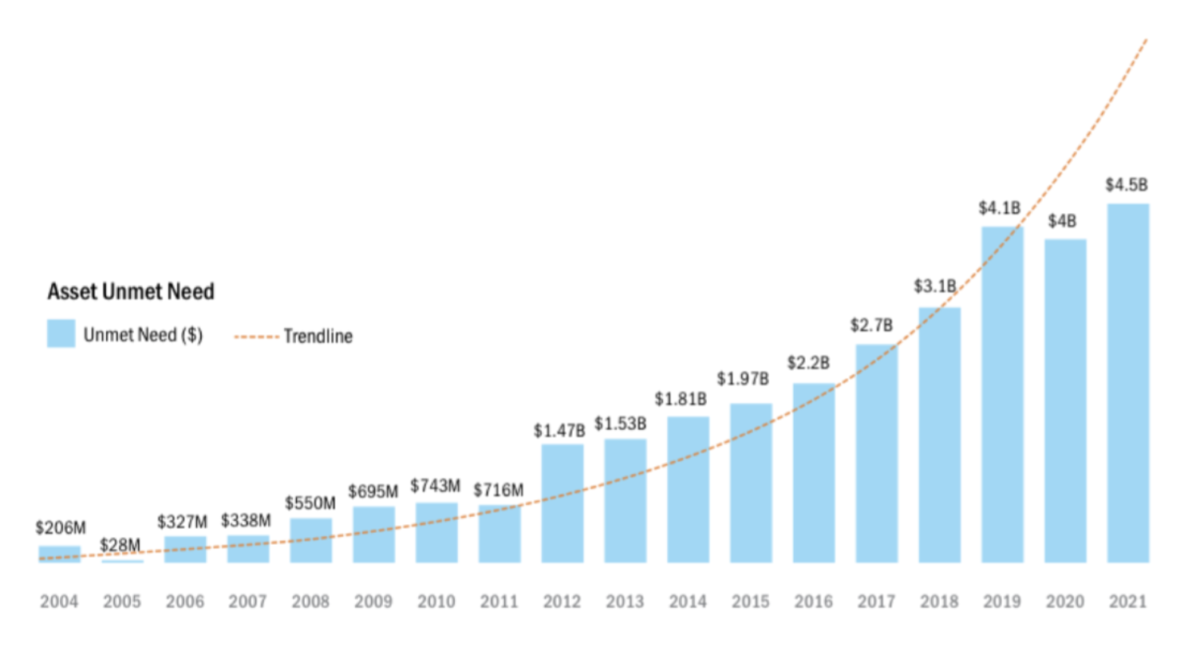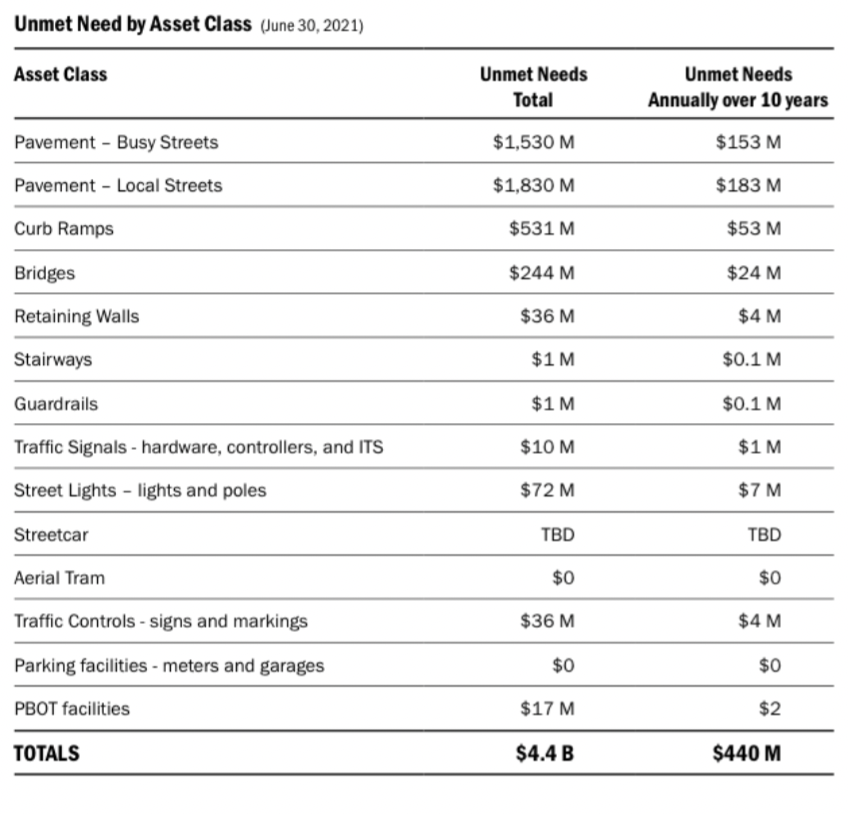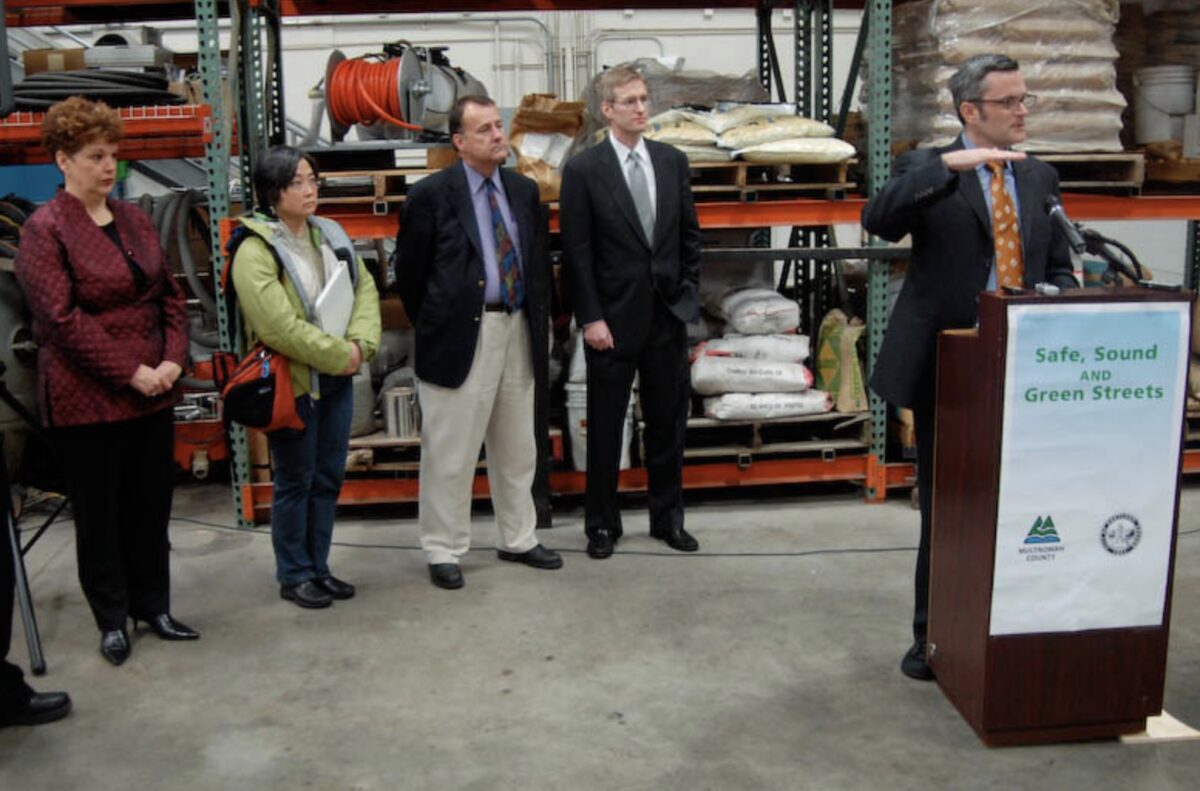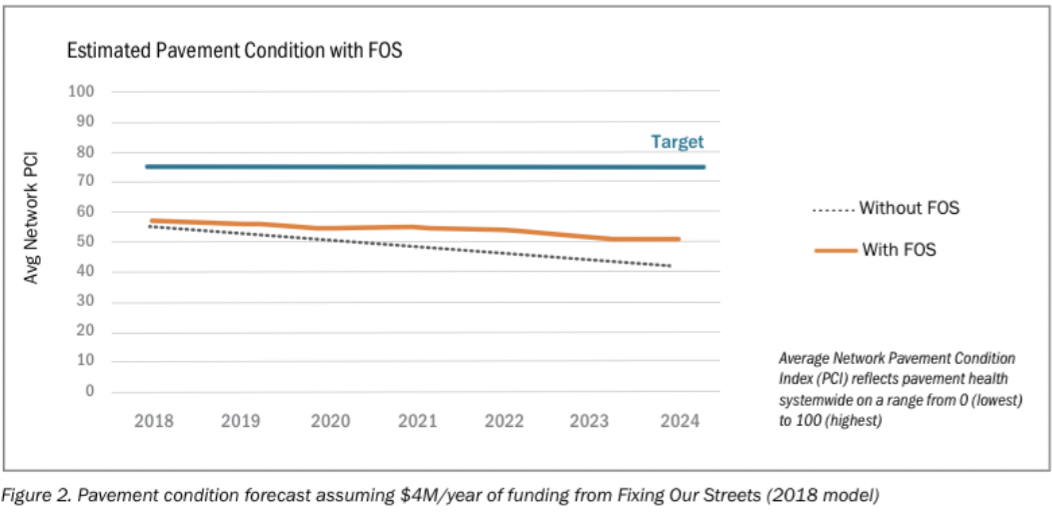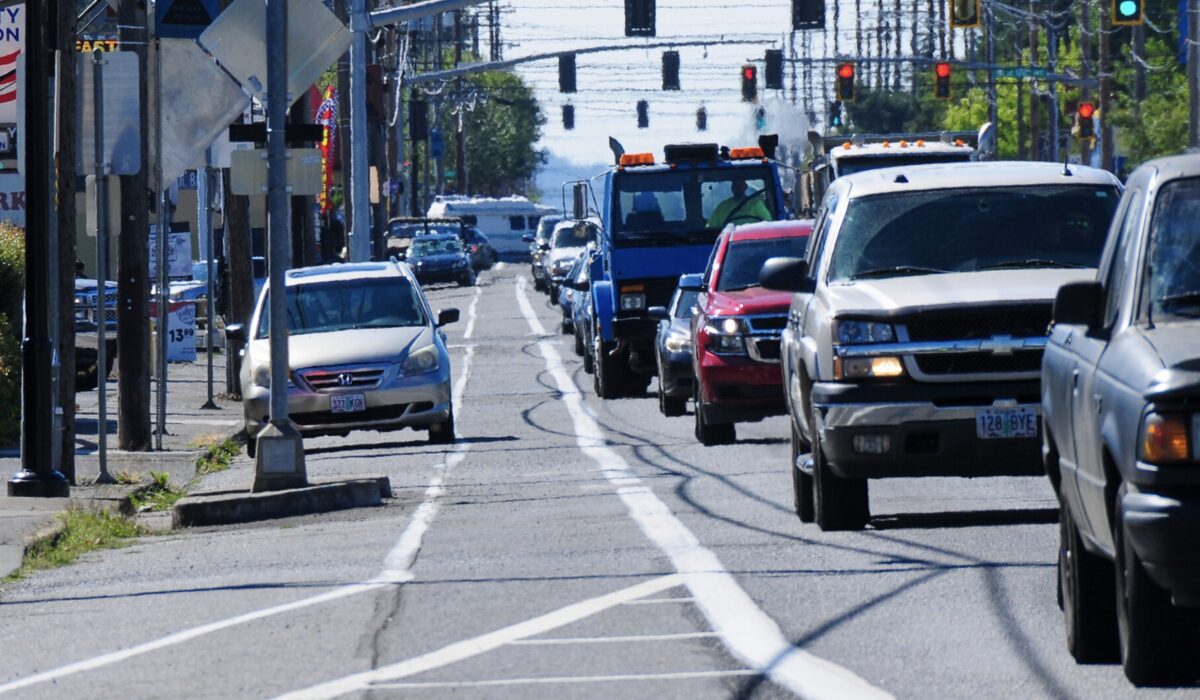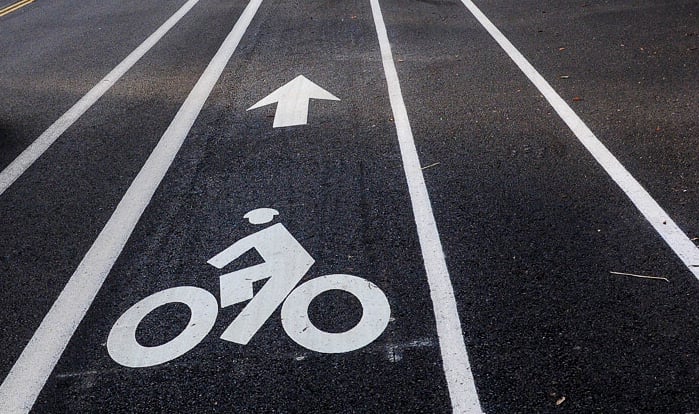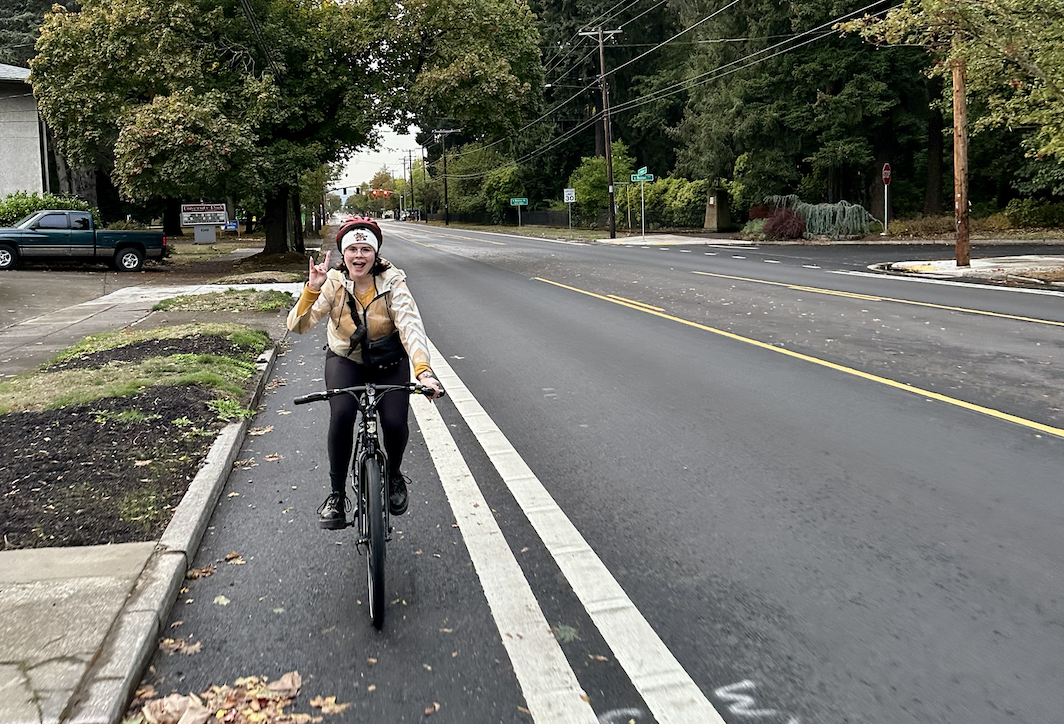Job Title
Customer Service Representative
Company / Organization
Stages Cycling
Job Description
Work in the Fitness Industry!
Provide pre- and post- sales technical support for Stages Indoor Cycling products to domestic consumer and International consumer and distributor accounts.
Pay Range: $18 to $19 per hour with Excellent Benefits including 100% employer paid benefit options plus buy-ups.
Who We Are
Stages Cycling offers you the opportunity to work within the bike industry in an environment of like-minded people. We are looking for great people to join our team who are committed to living out our core values – Passionate, Creative, Listening, Intelligent, Agile, and Passionate, all in an innovative environment.
Benefits
Competitive benefits package including a 100% employer paid medical, dental, and vision coverage for Employees. Buy-up options available and a percentage of dependents are covered. We also offer Flexible Spending Account, Health Savings Account with company contribution, 401(k) with employer matching contribution, Paid Time Off, Holidays, and product discounts.
How to Apply
Apply through our Career Portal at Careers | Stages Cycling . To learn more visit our website at Smart Bikes, Power Meters & Cycle Computers .
Role and Responsibilities
As part of the Customer Service Team at Stages Cycling, Customer Service Representatives (CSRs) will be trained and certified on one or more product based on individual skillsets and current business needs. Within certified product categories, CSRs will provide pre- and post- sales technical support for Stages Cycling, Stages Indoor Cycling, and/or Stages Indoor Home Cycling products to domestic consumer and International consumer and distributor accounts.
Customer Technical Support
Provide sales and technical support to our domestic consumer and dealer accounts for designated/certified products
Respond to customer service “tickets” submitted via email, the website, and occasionally social media
Provide exceptional customer experience in all communications with customers
Support customers through troubleshooting processes
Communicate with customers, technicians, and/or distributors via inbound and outbound phone calls
Communicate concerns or issue trends to relevant Customer Service Lead and/or Manager
Stay up to date on internal communication regarding our product updates, relevant competitor products, industry developments, internal processes, customer facing processes, warranty and other technical support processes, trouble-shooting techniques, and other relevant information
Participate in Customer Service team meetings and trainings
Process Orders to Support Customer Needs
Respond to warranty needs as dictated by customer needs and/or as directed by Customer Service Manager
Issue parts orders for warranty replacements
Place orders for parts via the ERP system
Provide technical support to field technicians with any questions related to installation, maintenance, trouble-shooting and any other questions related to the Stages Indoor Cycling bike, power meter, Stages Flight system, and any other future Stages Indoor Cycling products.
Create work orders and purchase orders for third party field service technicians and work with accounting to ensure payments are completed in a timely manner
Place orders for parts as requested by the Service Technicians and approved by the Service Director.
Other tasks and projects as assigned
Designates non-essential job responsibilities
Qualifications and Education Requirements
High level of organizational skills.
High level of flexibility and creative problem solving.
Ability to work independently and self-manage duties and tasks.
Ability to use customer management and order processing systems, with training.
High level communication and interpersonal skills, including high-volume telephone and written correspondence.
Intermediate communication skills: Ability to read and interpret documents such as safety rules, operating and maintenance instructions, and procedure manuals. Ability to write routine reports and correspondence. Ability to speak effectively with customers or employees of Foundation Fitness/Stages Cycling.
Intermediate math skills: Ability to calculate figures and amounts such as discounts and percentages. Ability to apply concepts of basic math.
High reasoning skills: Ability to solve practical problems and deal with a variety of concrete variables in situations where only limited standardization exists. Ability to interpret a variety of instructions furnished in written, oral, diagram, or schedule form.
Employment will be contingent upon the results of background checks. See below for additional details
Preferred Skills
Experience with Customer Service communicating via phone and email, experience with word, spreadsheet, and inventory software.
Supervisory Responsibility
This position does not have any supervisory responsibility
Work Environment
This job operates in a professional office environment. This role routinely uses standard office equipment.
Physical Demands
The physical demands described here are representative of those that must be met by an employee to successfully perform the essential functions of this job. Foundation Fitness will make reasonable accommodations requested.
While performing the duties of this job, the employee is occasionally required to sit or stand; use hands to finger or handle objects, tools or controls; reach with hands and arms; talk and hear; read and see near objects. The employee must occasionally lift or move office products and supplies, up to 20 pounds.
Position Type/Expected Hours of Work
This is a full-time in-office position. Core office hours are Monday through Friday, 8:00 a.m. to 5:00 p.m. This position may require overtime. * Currently working remote due to Covid-19.
Travel
Travel is not required for this role.
Background Checks
Offers of employment will be contingent upon the results of background checks. Background checks will be completed only after a contingent offer of employment has been accepted. Background checks include social security verification, prior employment verification, personal and professional reference verification, criminal history check, and potentially additional checks. Evaluations of criminal history will take into consideration the nature of the crime and its relation to the position, the time since the conviction, the number of convictions, and relevant risk to the business and related parties.
Benefits
We offer a competitive benefits package including medical insurance, dental insurance, vision insurance, Flexible Spending Account, Health Savings Account, 401(k) matching, Paid vacation and holidays, free access to our fitness center, and product discounts.
Equal Employment Opportunity
We encourage all interested applicants to apply and welcome applicants of any race, color, religion, sex, gender identity, sexual orientation, national origin, age, disability or genetics. We are committed to evaluating candidates based on job qualifications. We will make reasonable accommodations as requested.
How to Apply
https://workforcenow.adp.com/mascsr/default/mdf/recruitment/recruitment.html?cid=76fae983-265f-42c9-a457-2ef38025ecc6&ccId=19000101_000001&type=MP&lang=en_US&selectedMenuKey=CurrentOpenings

